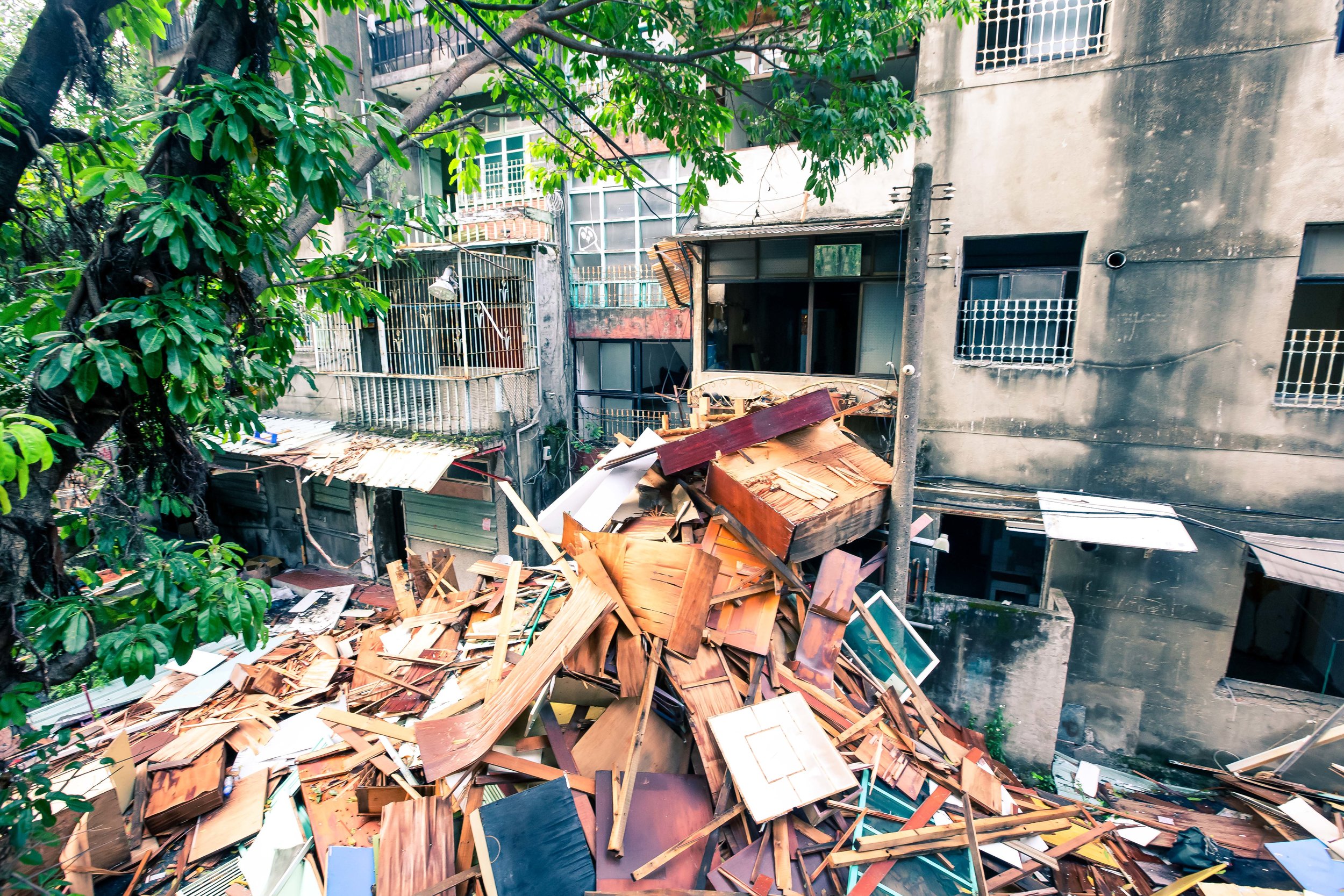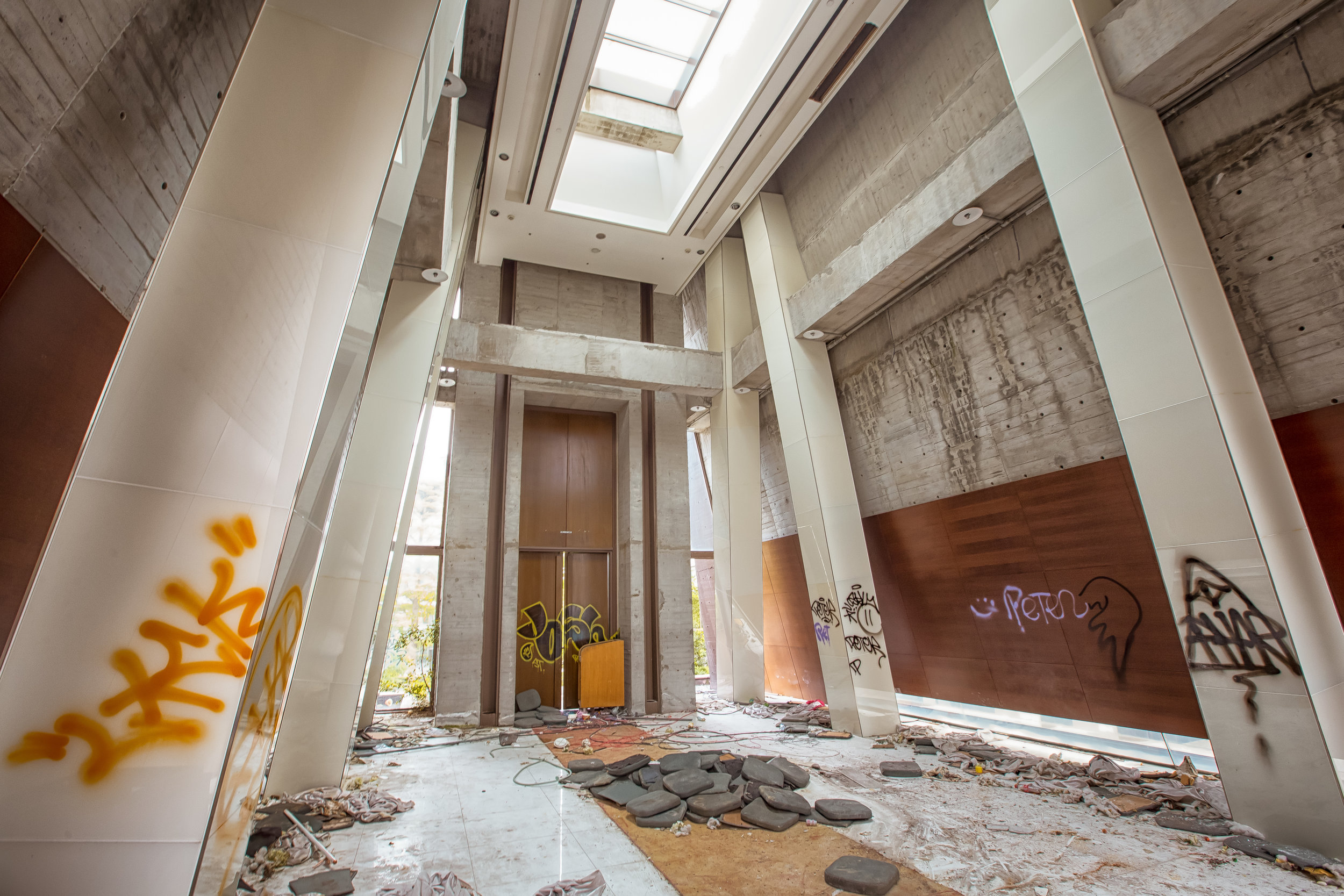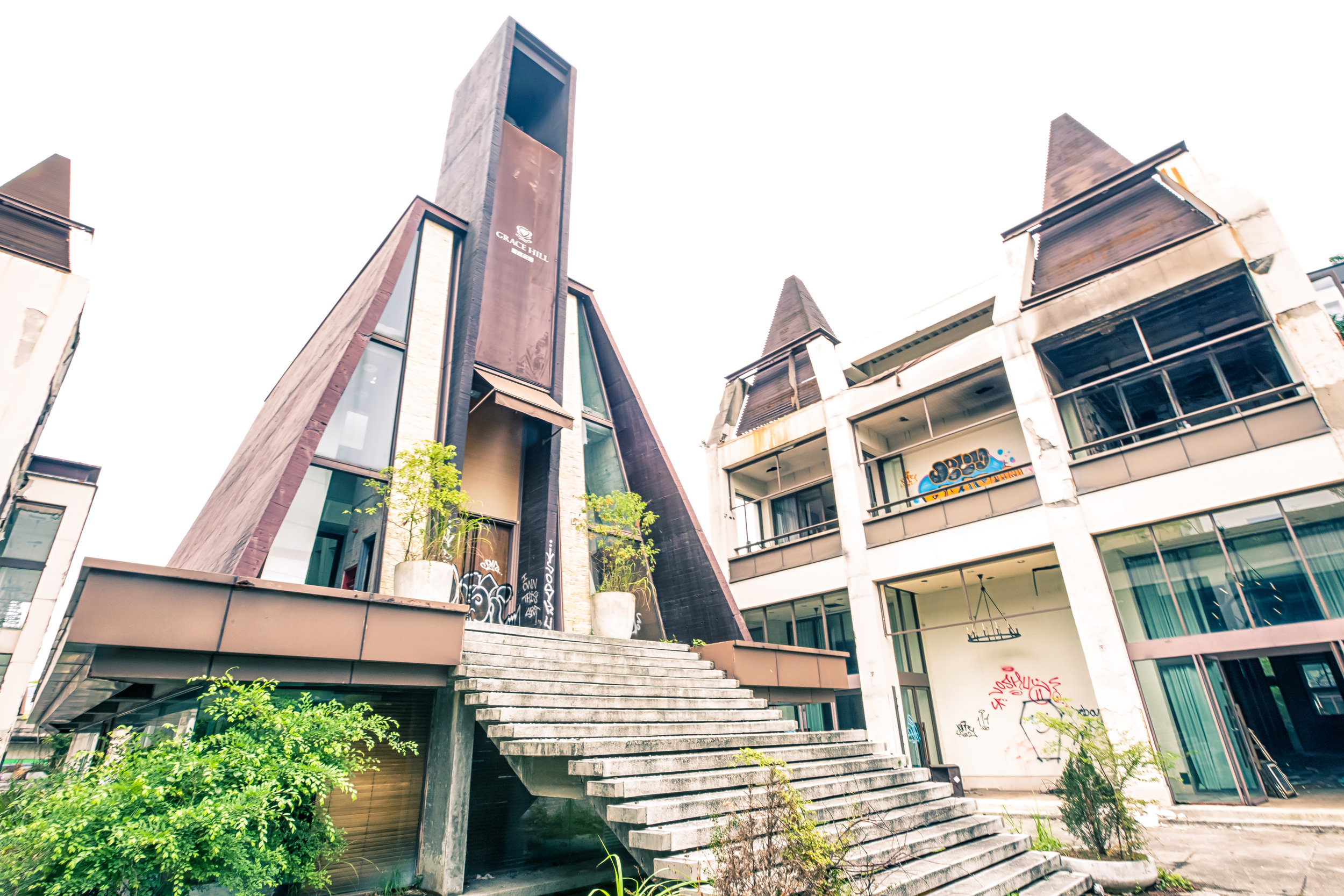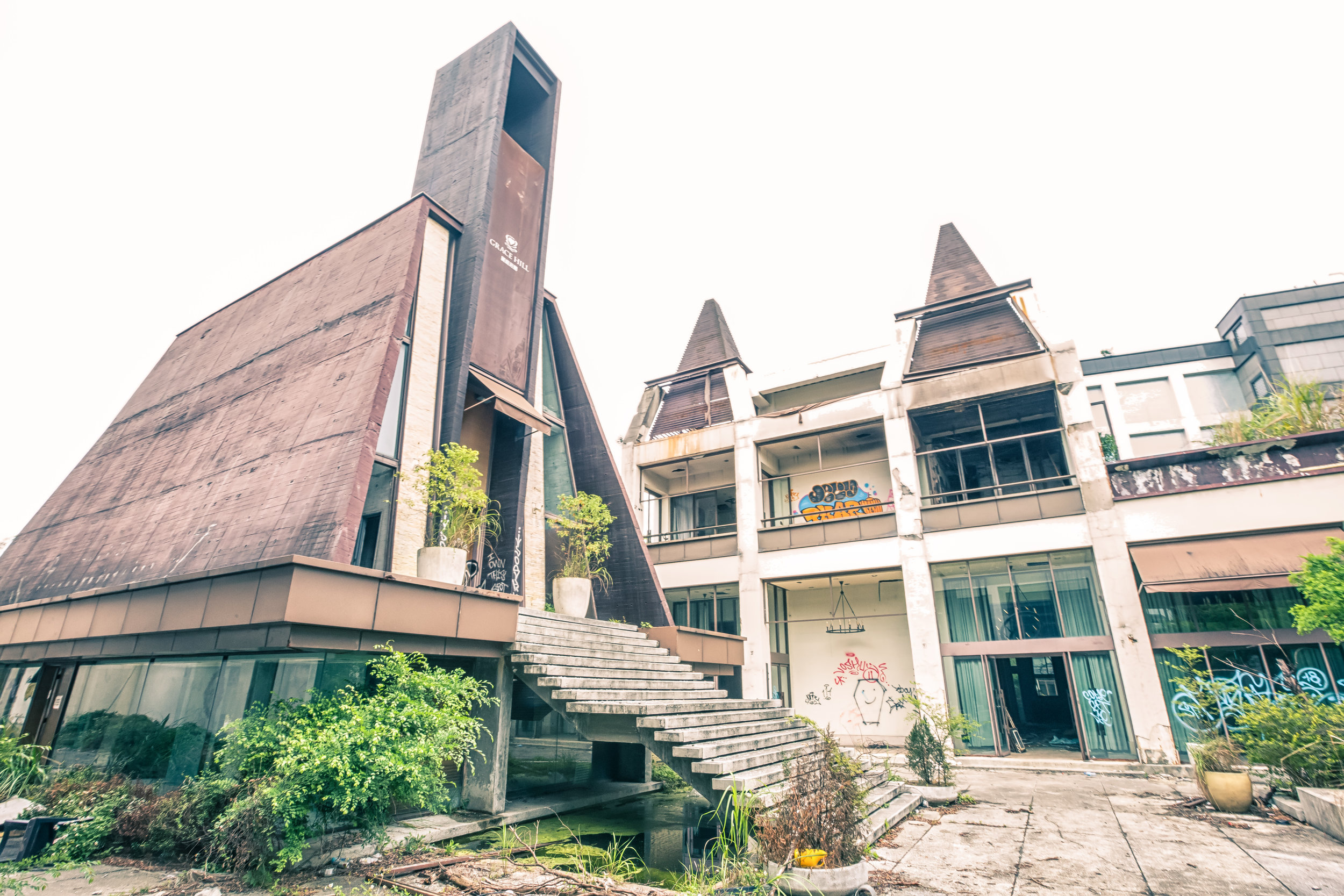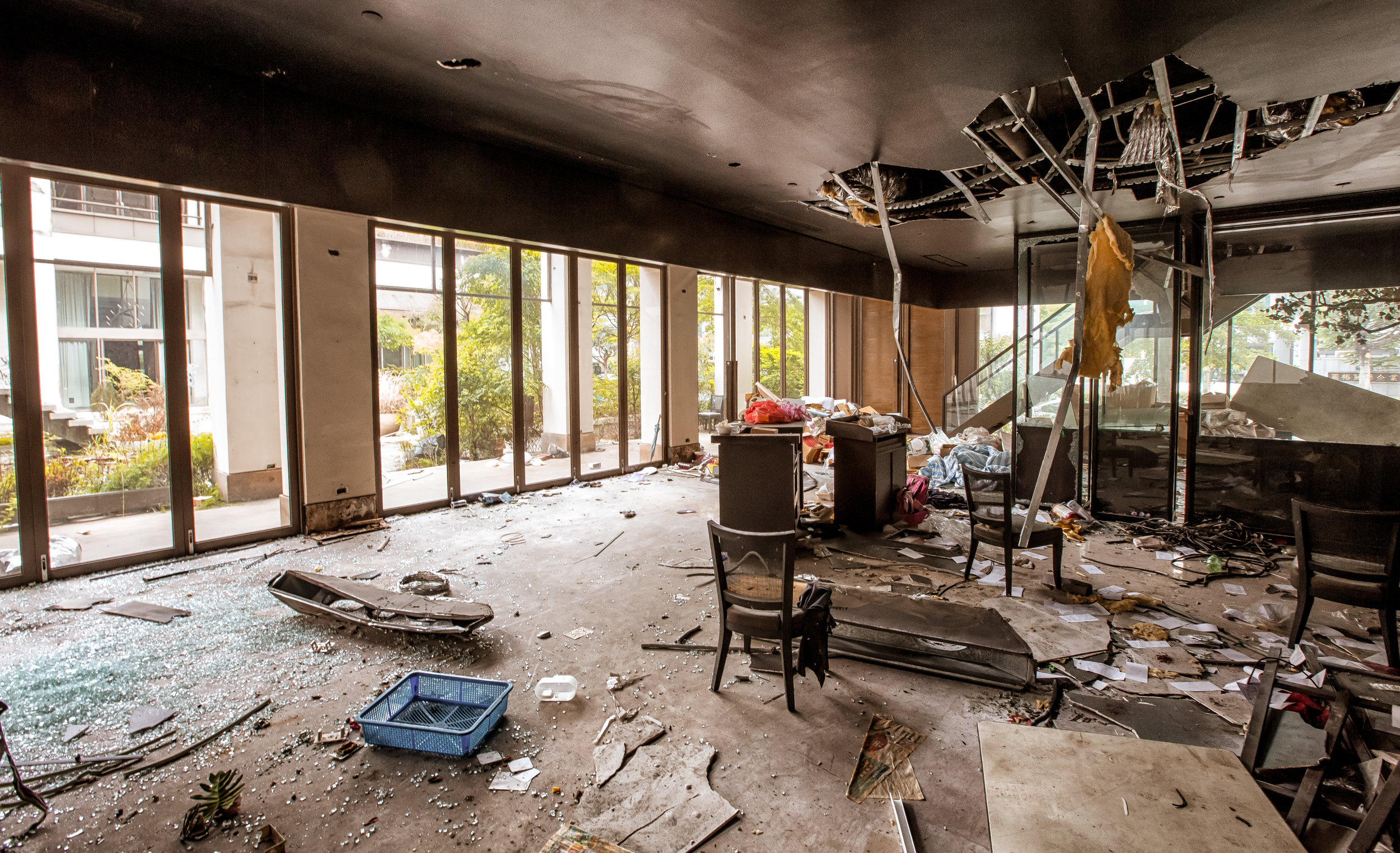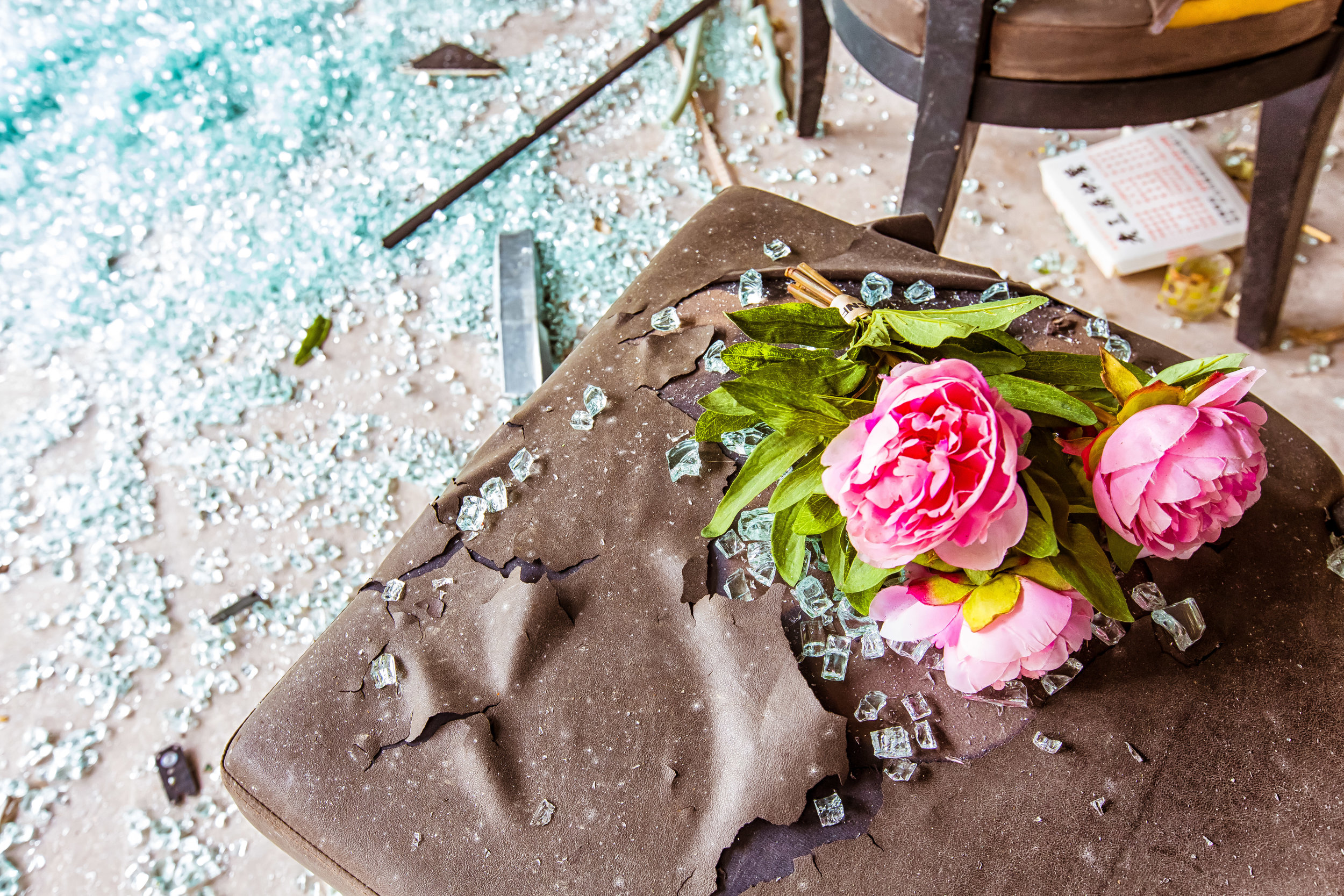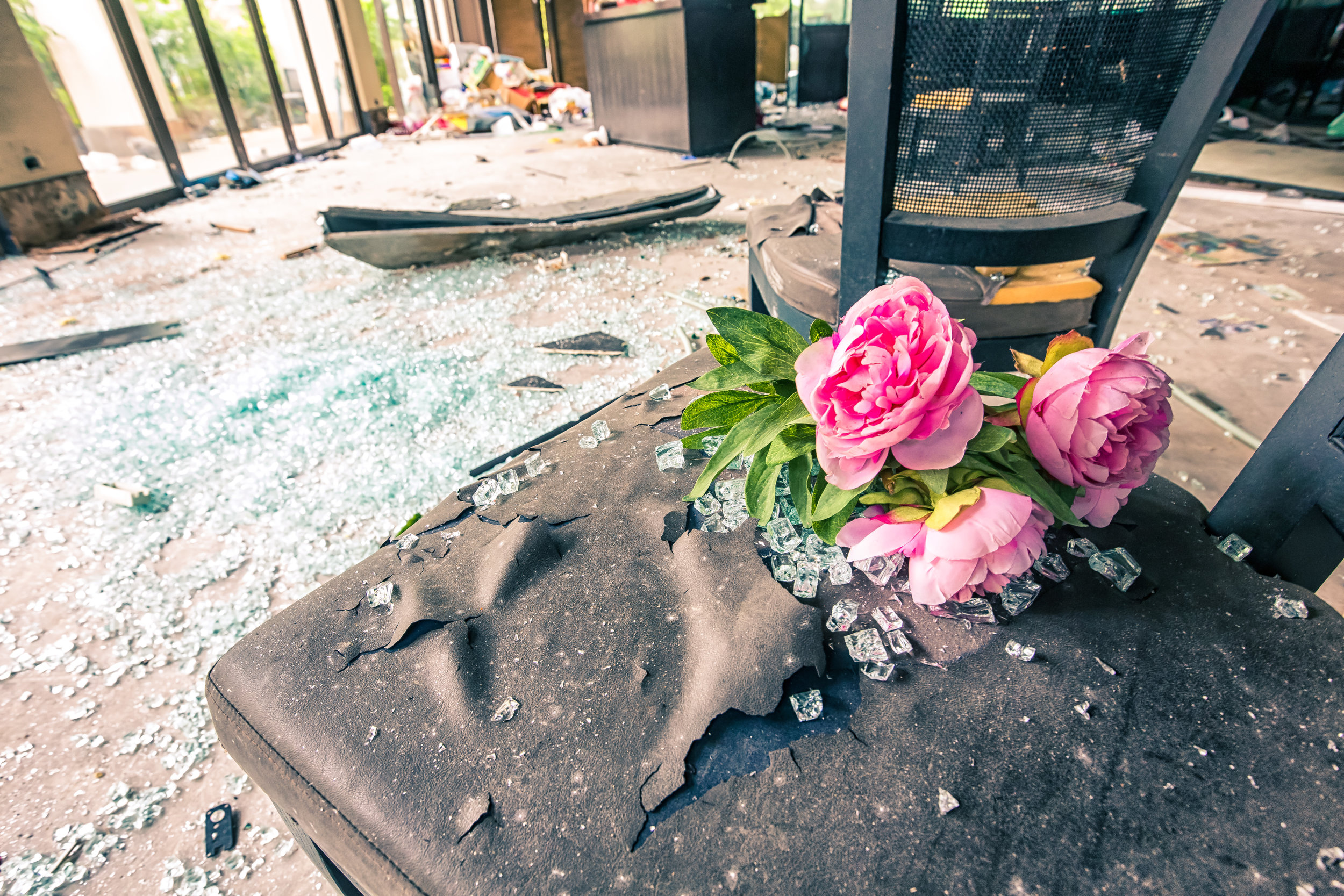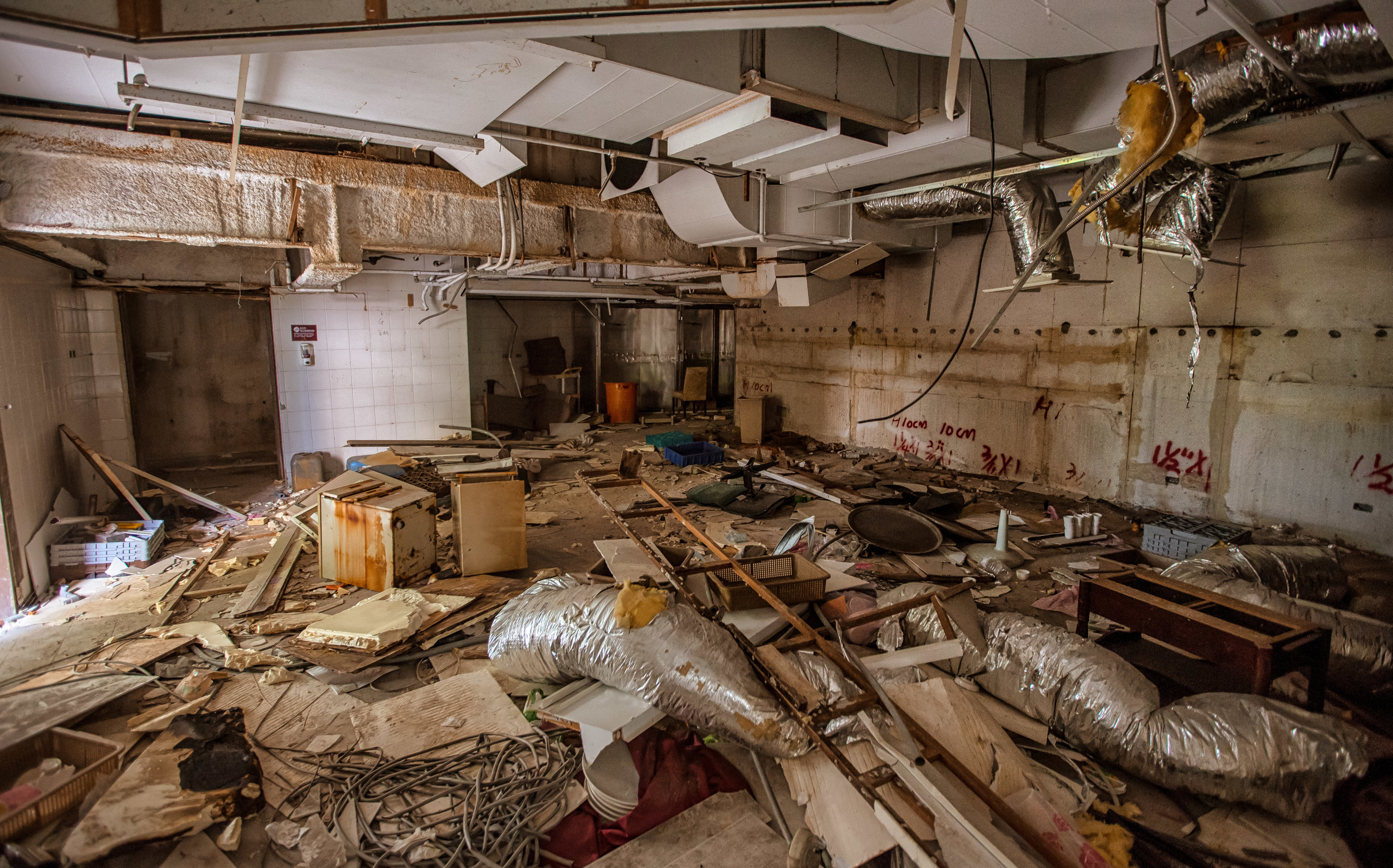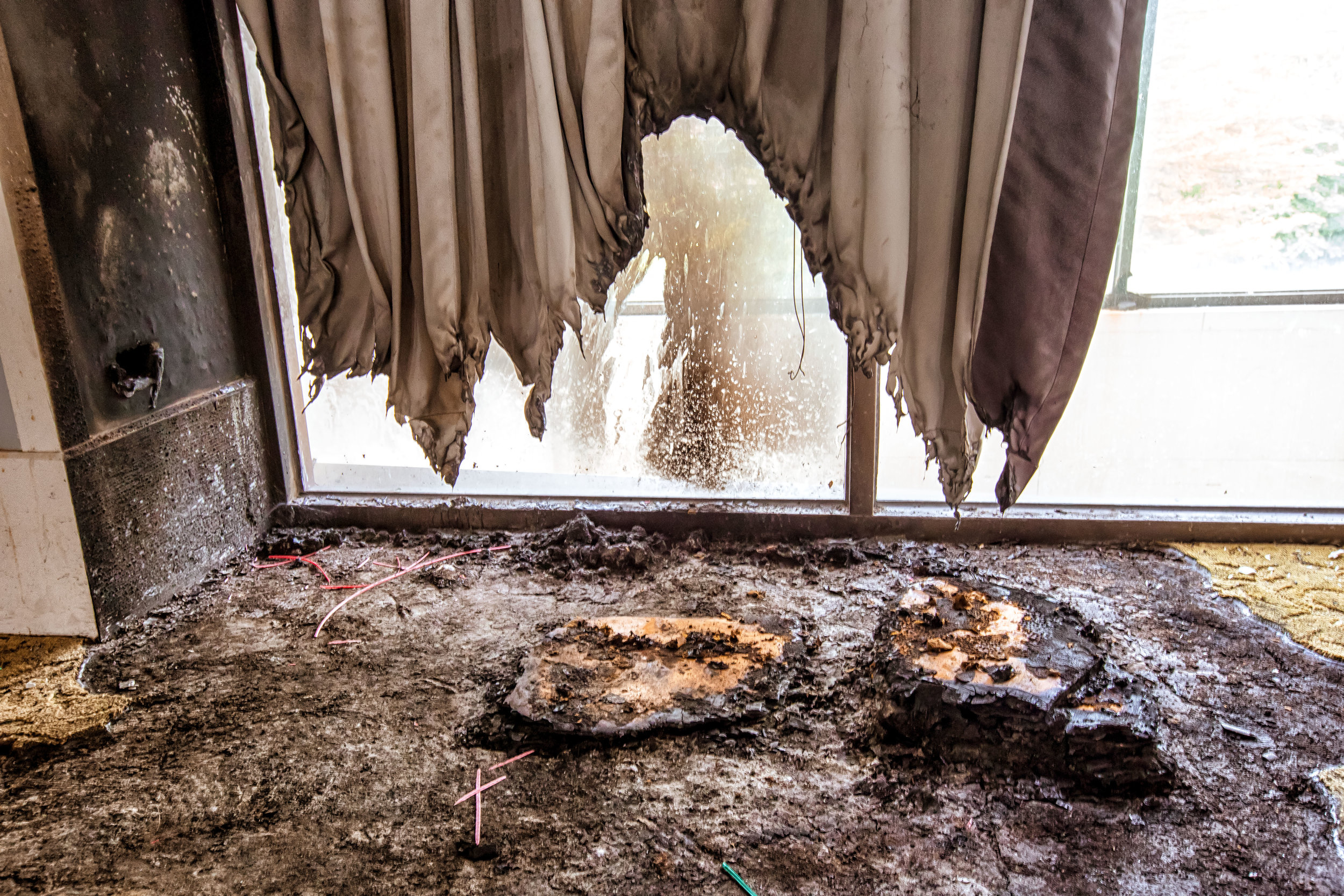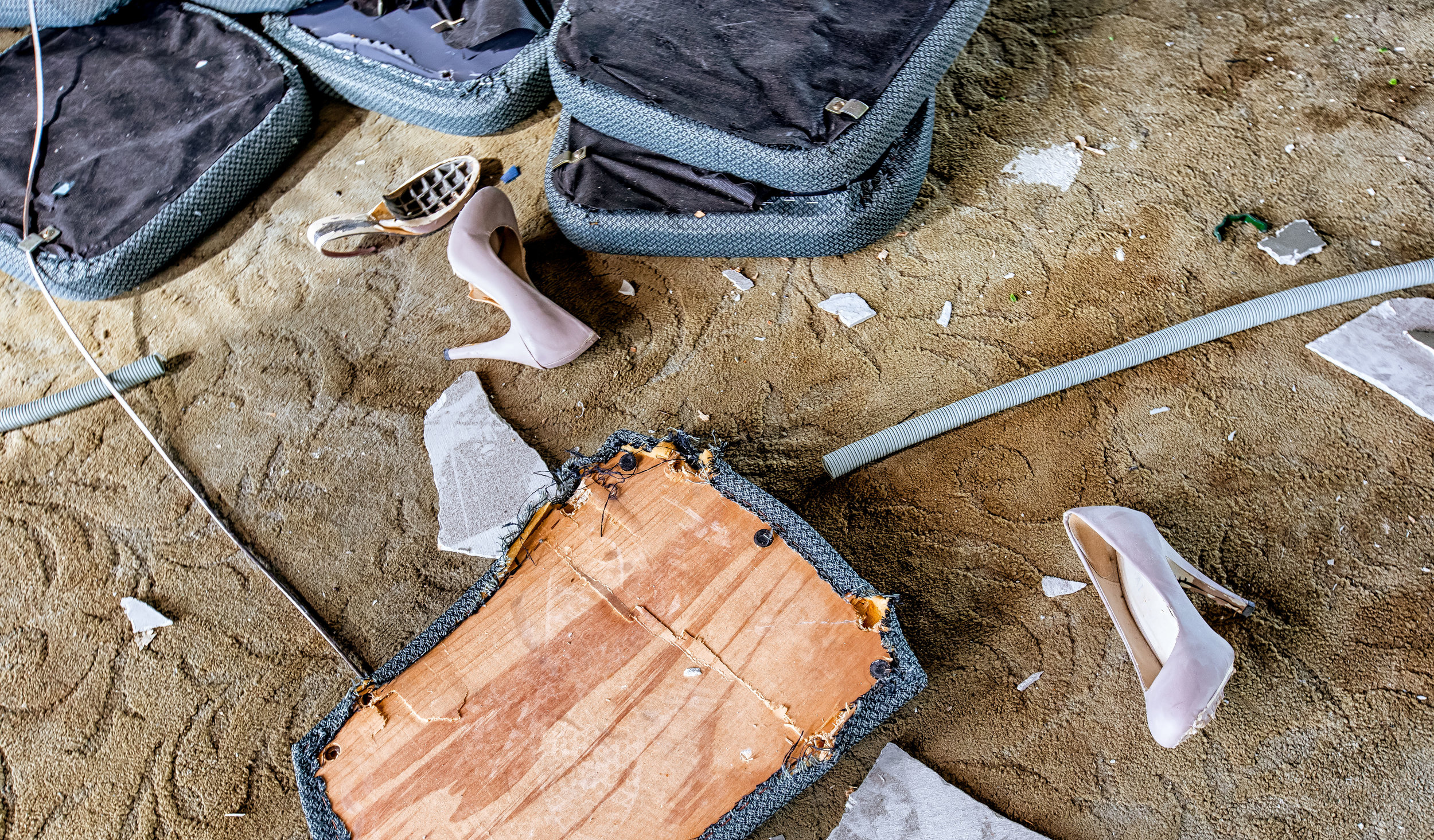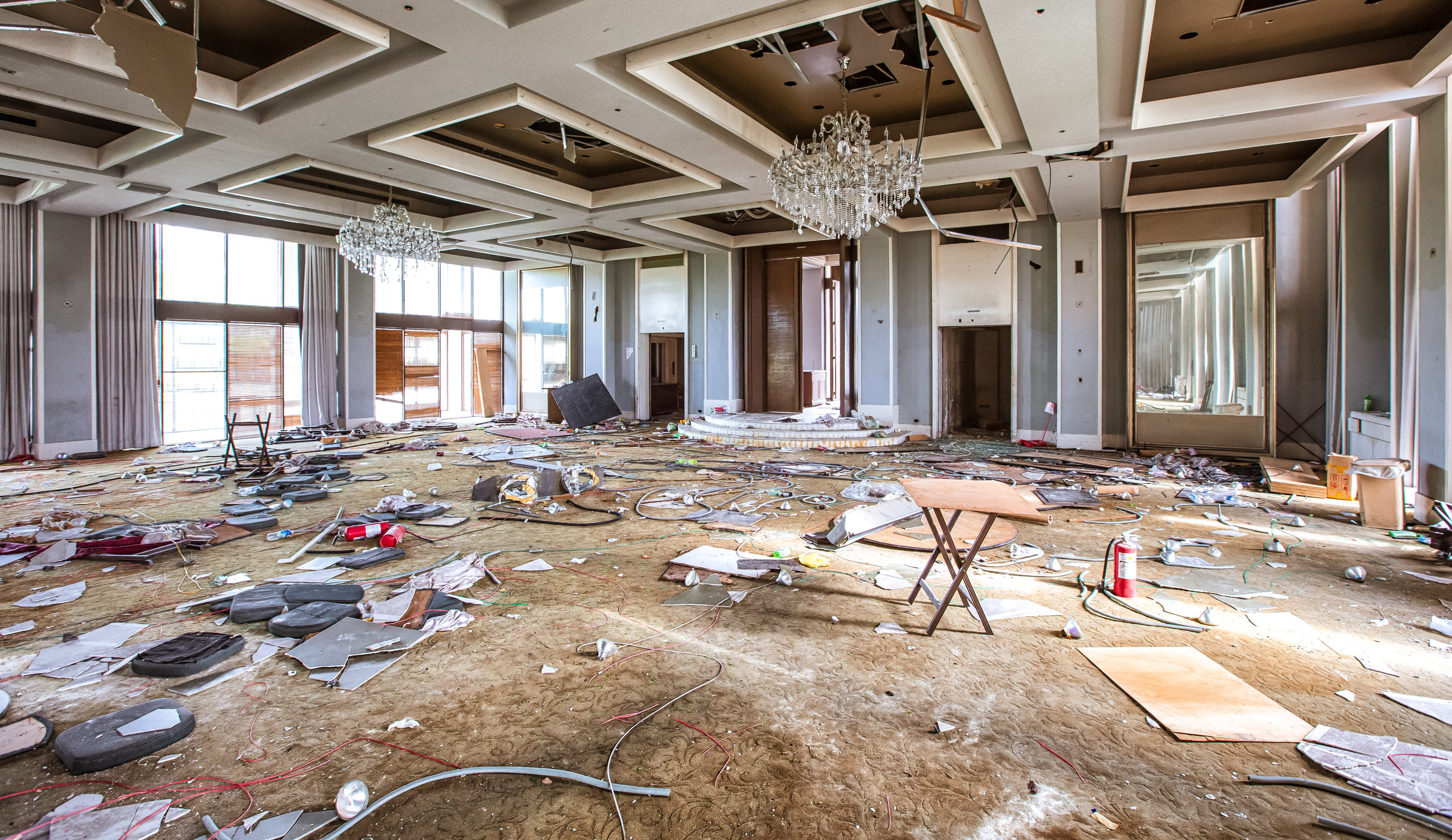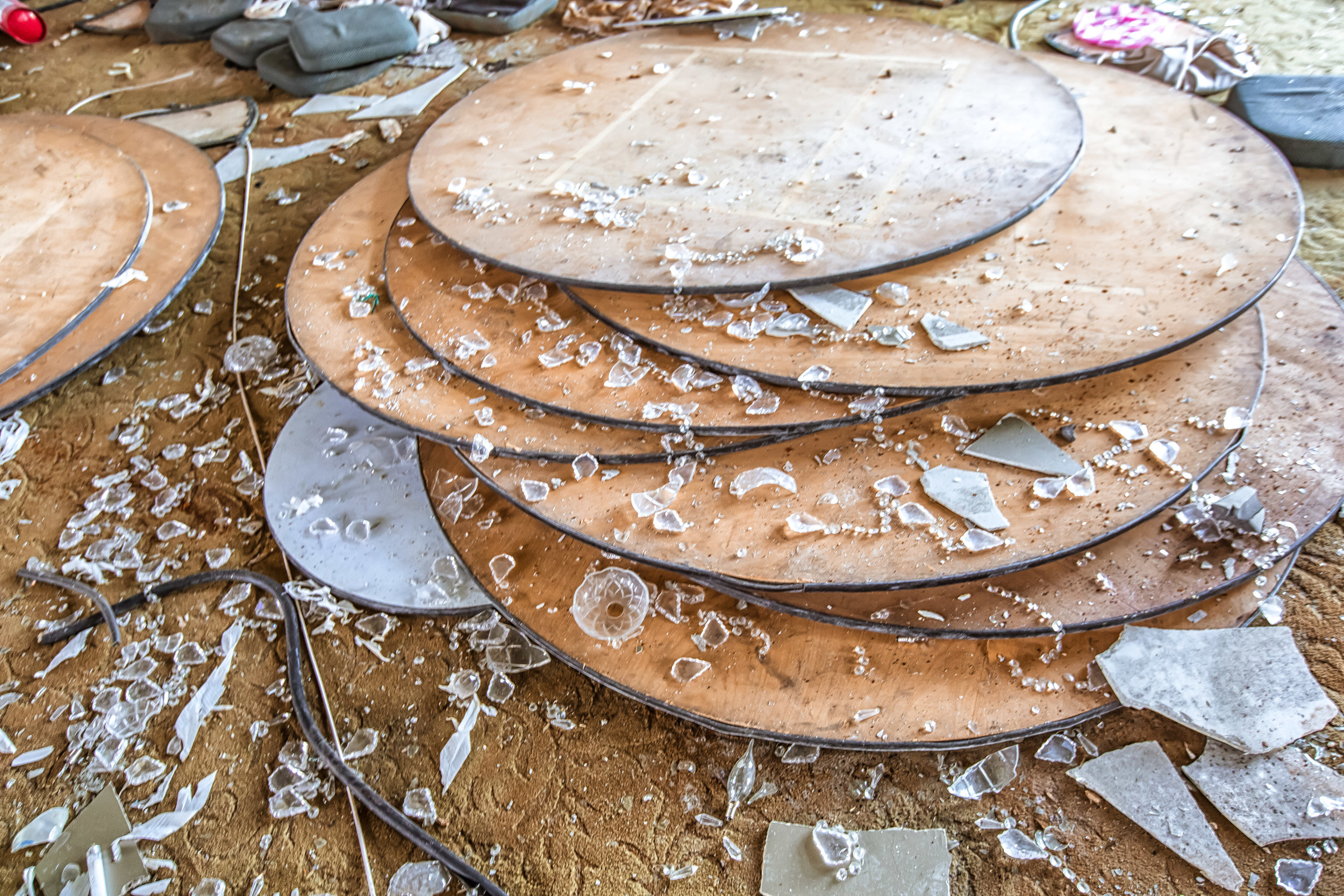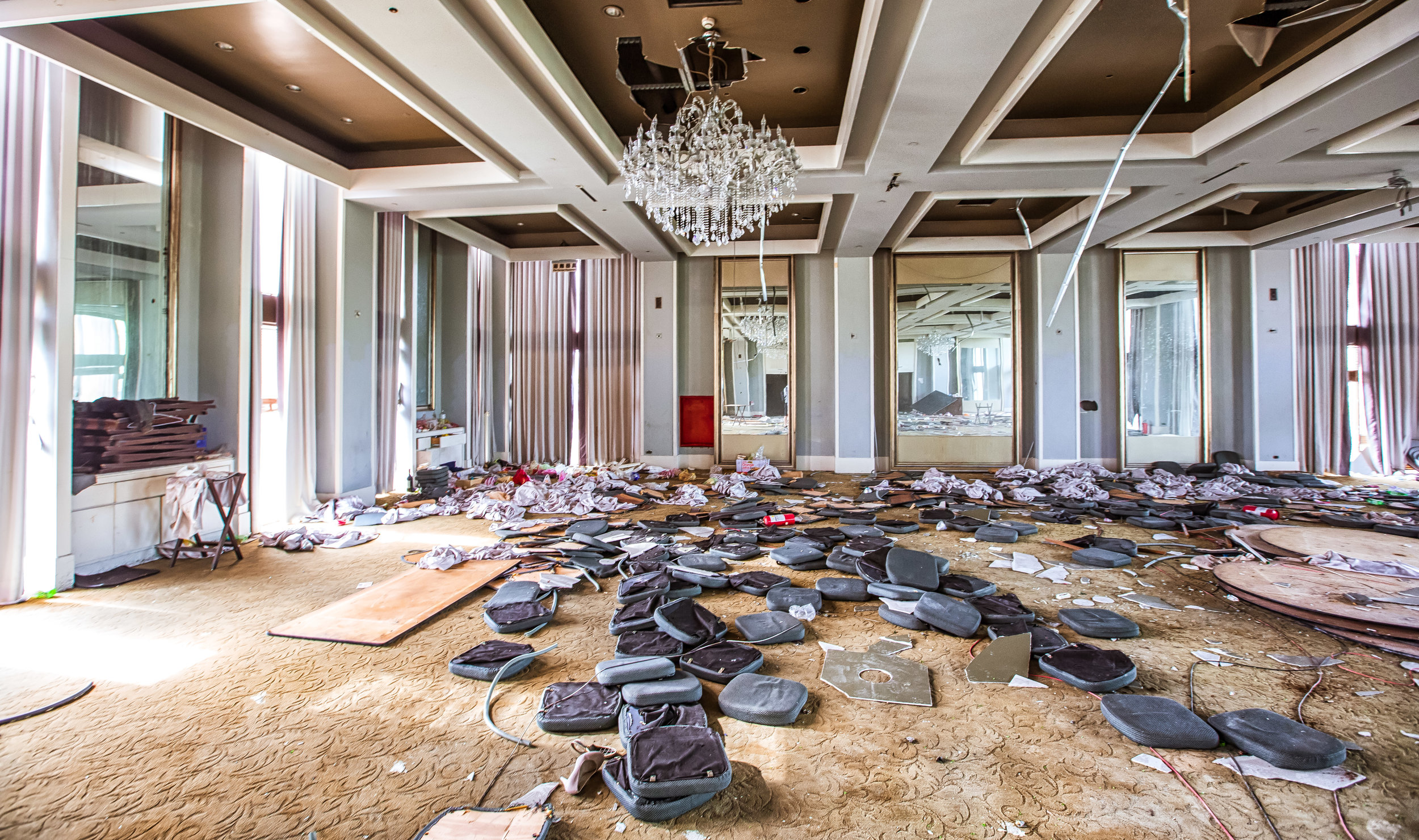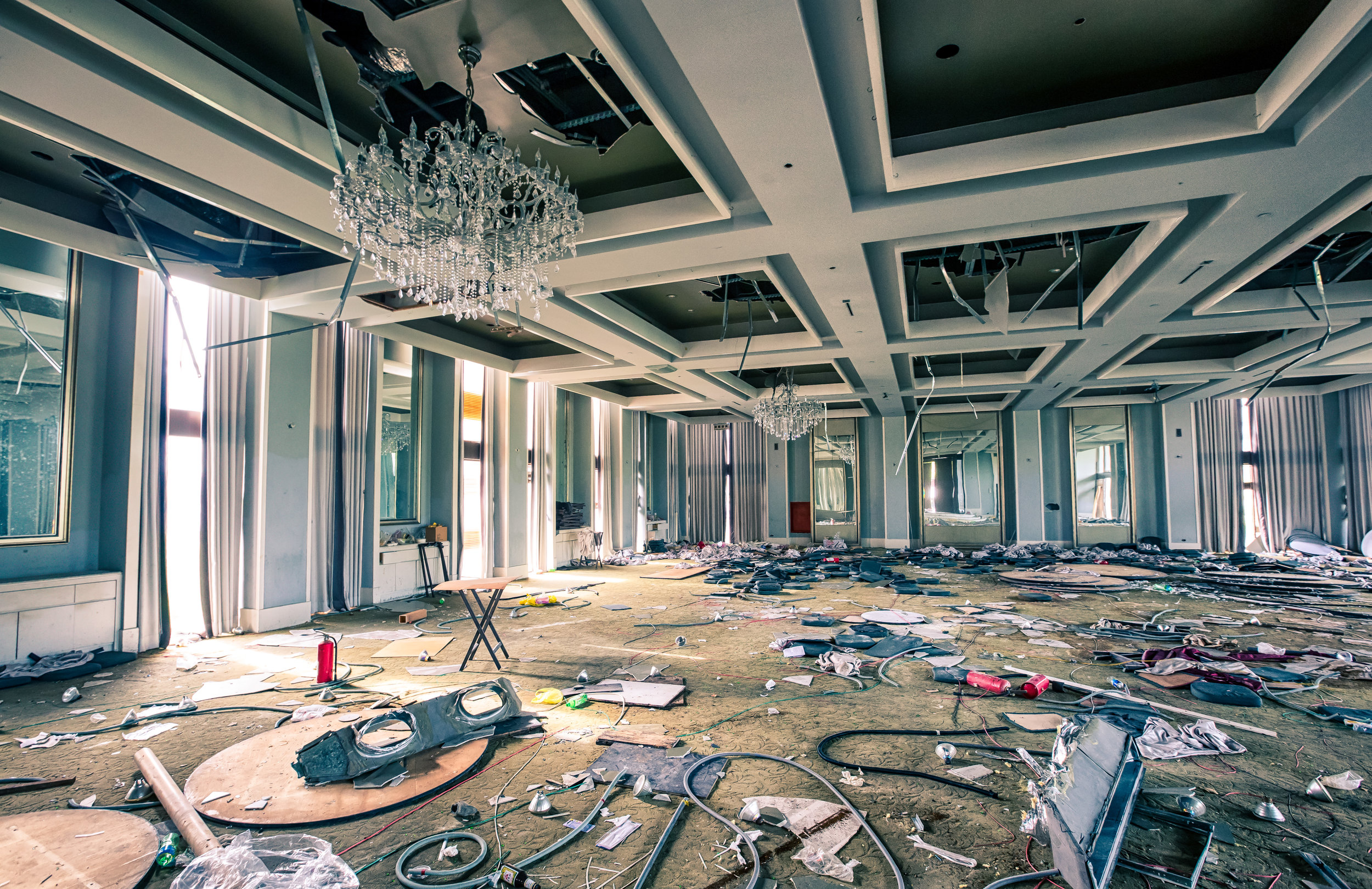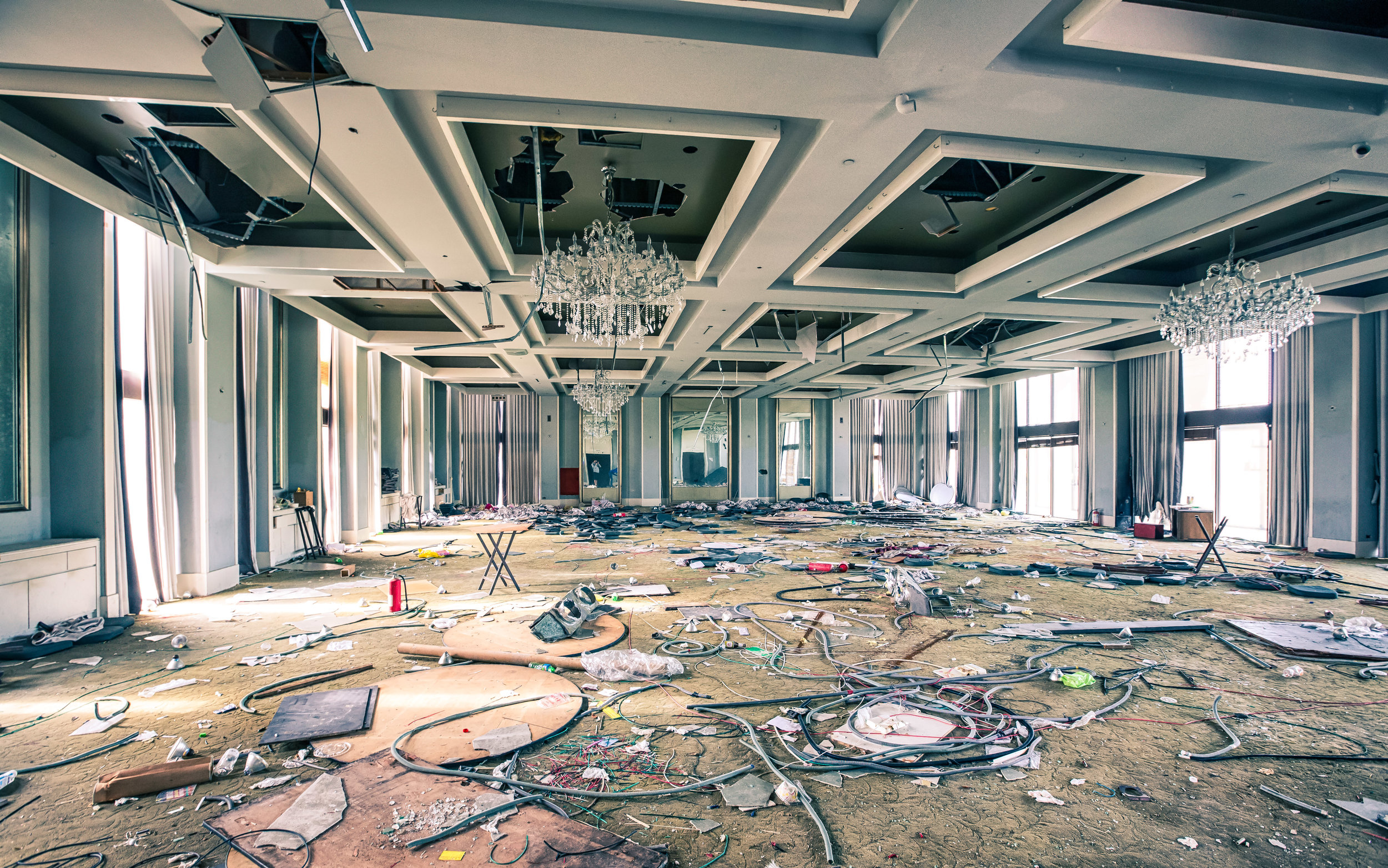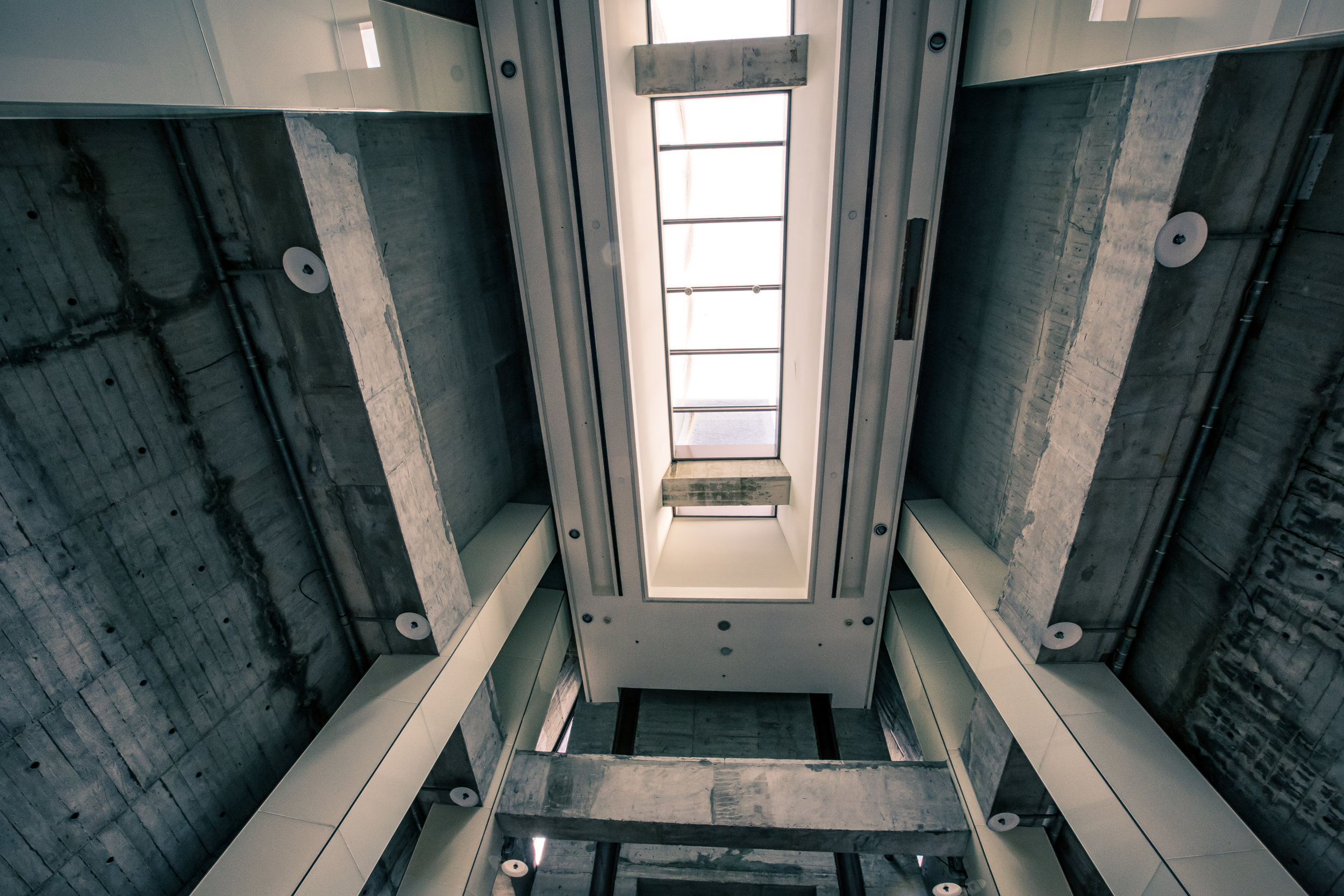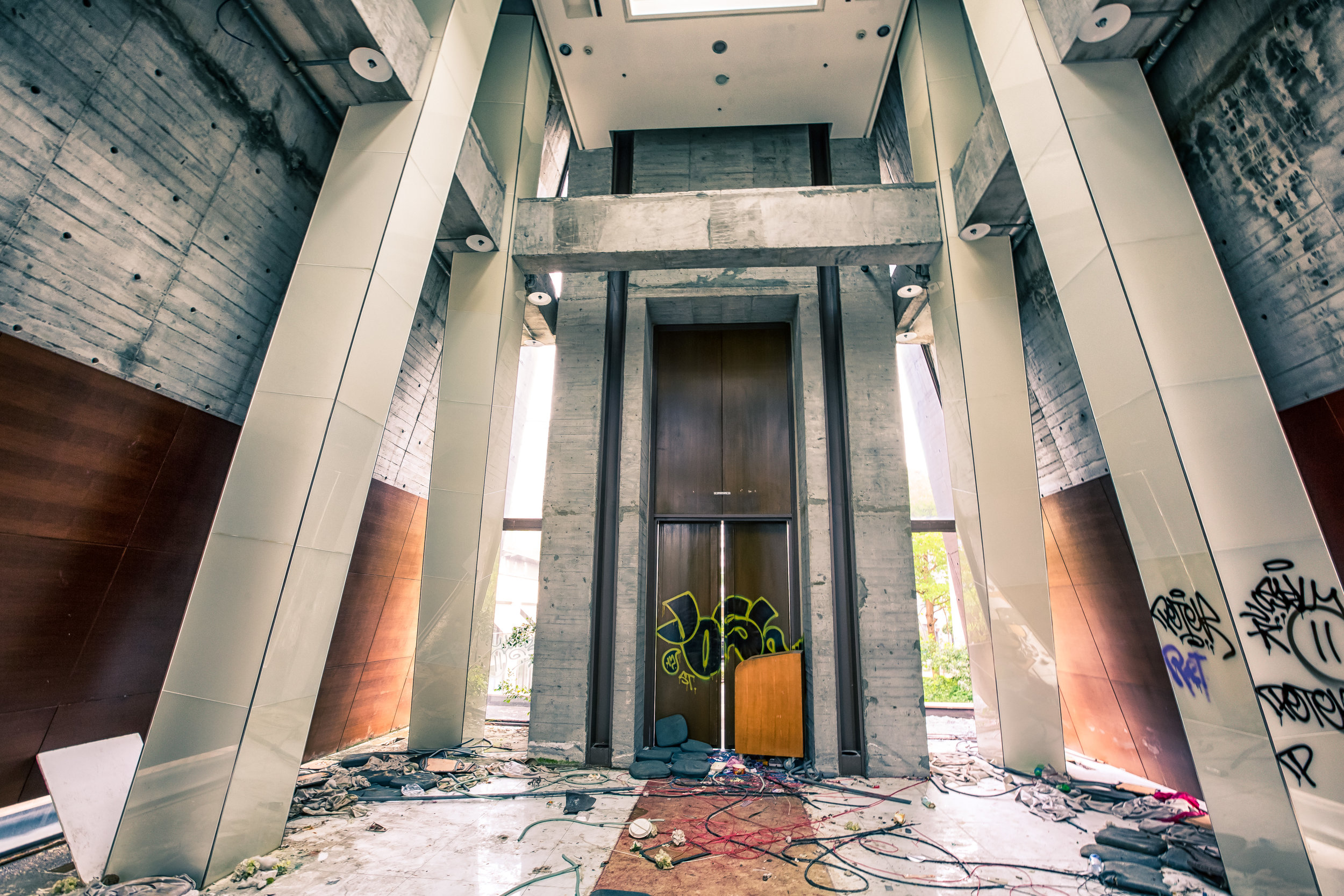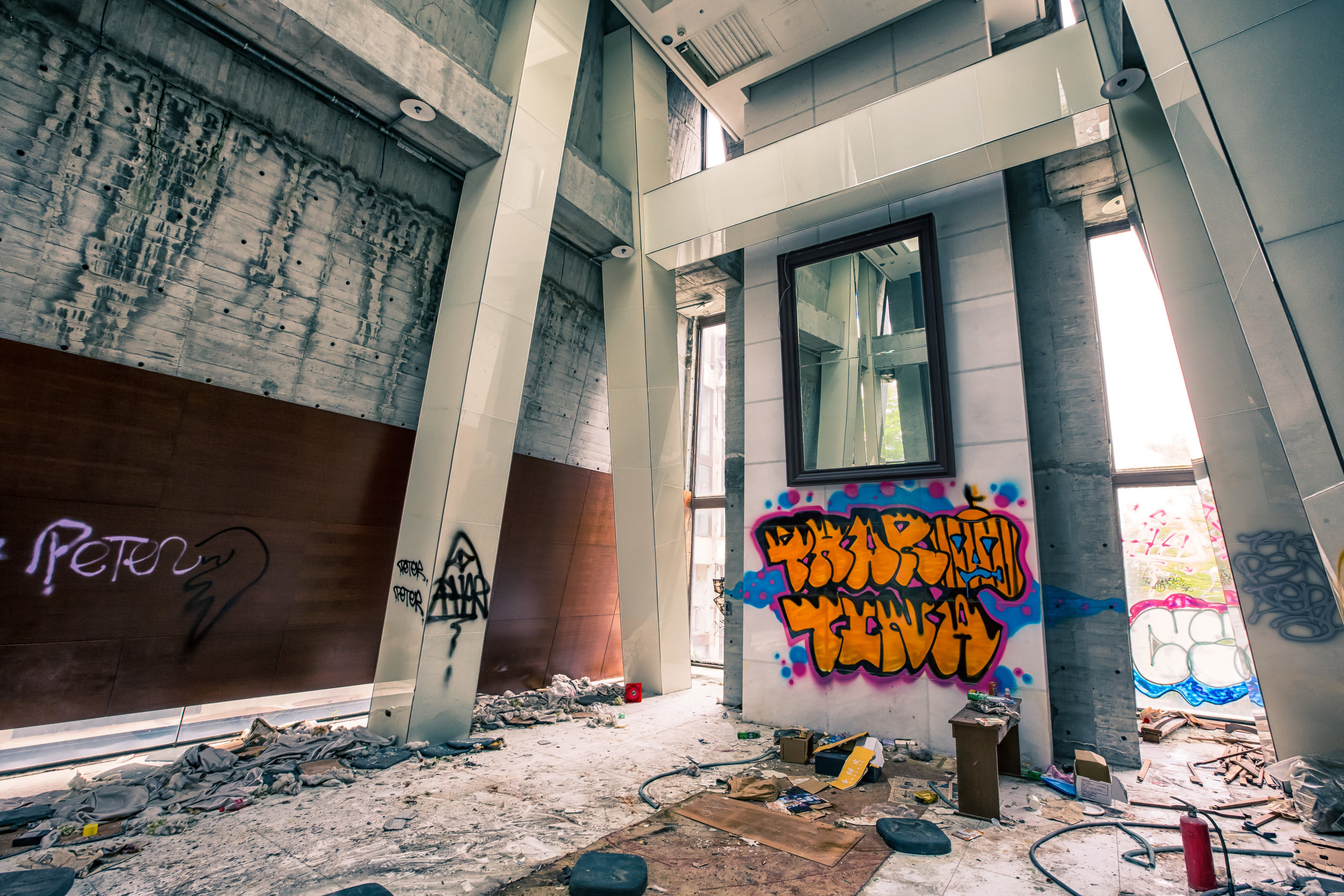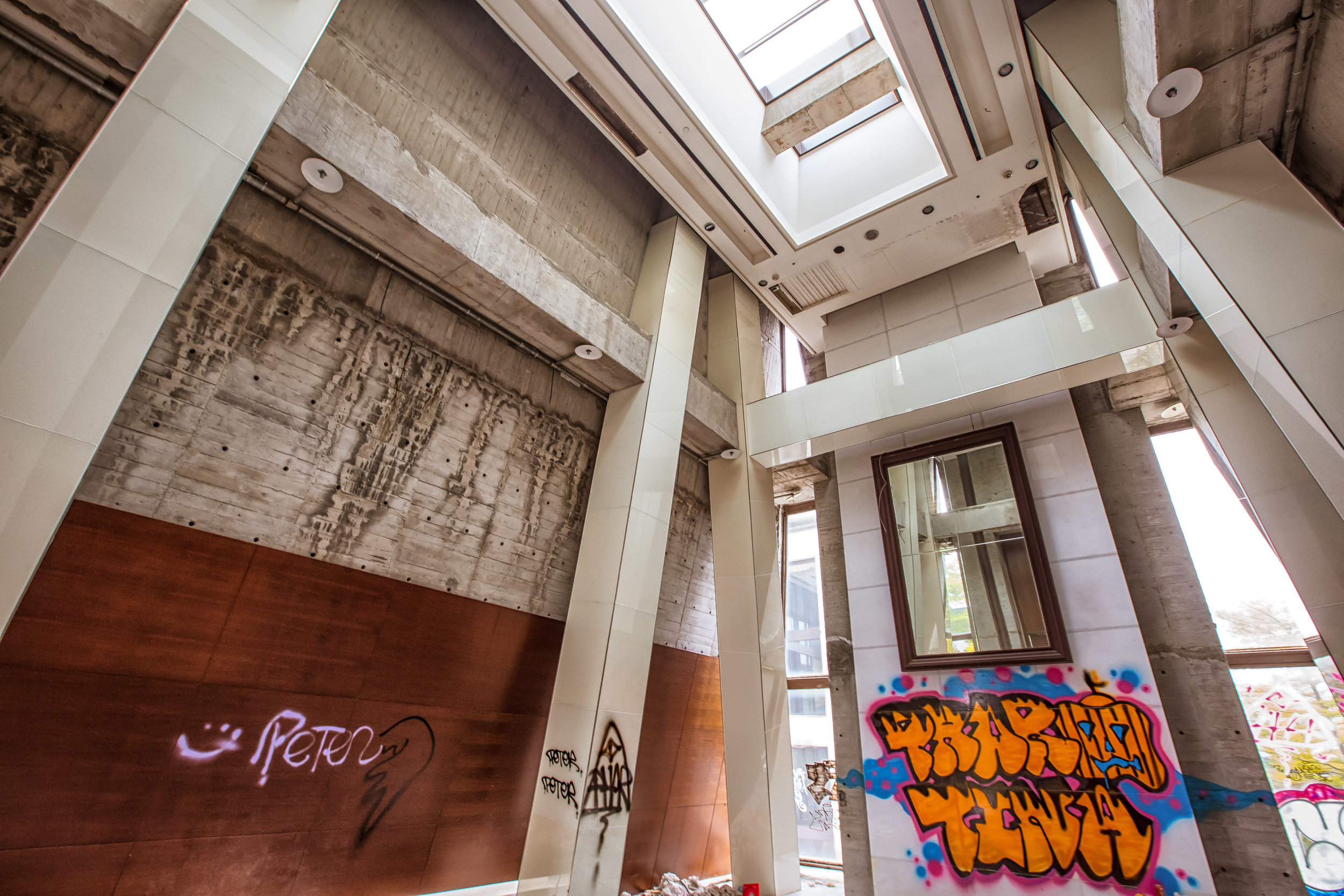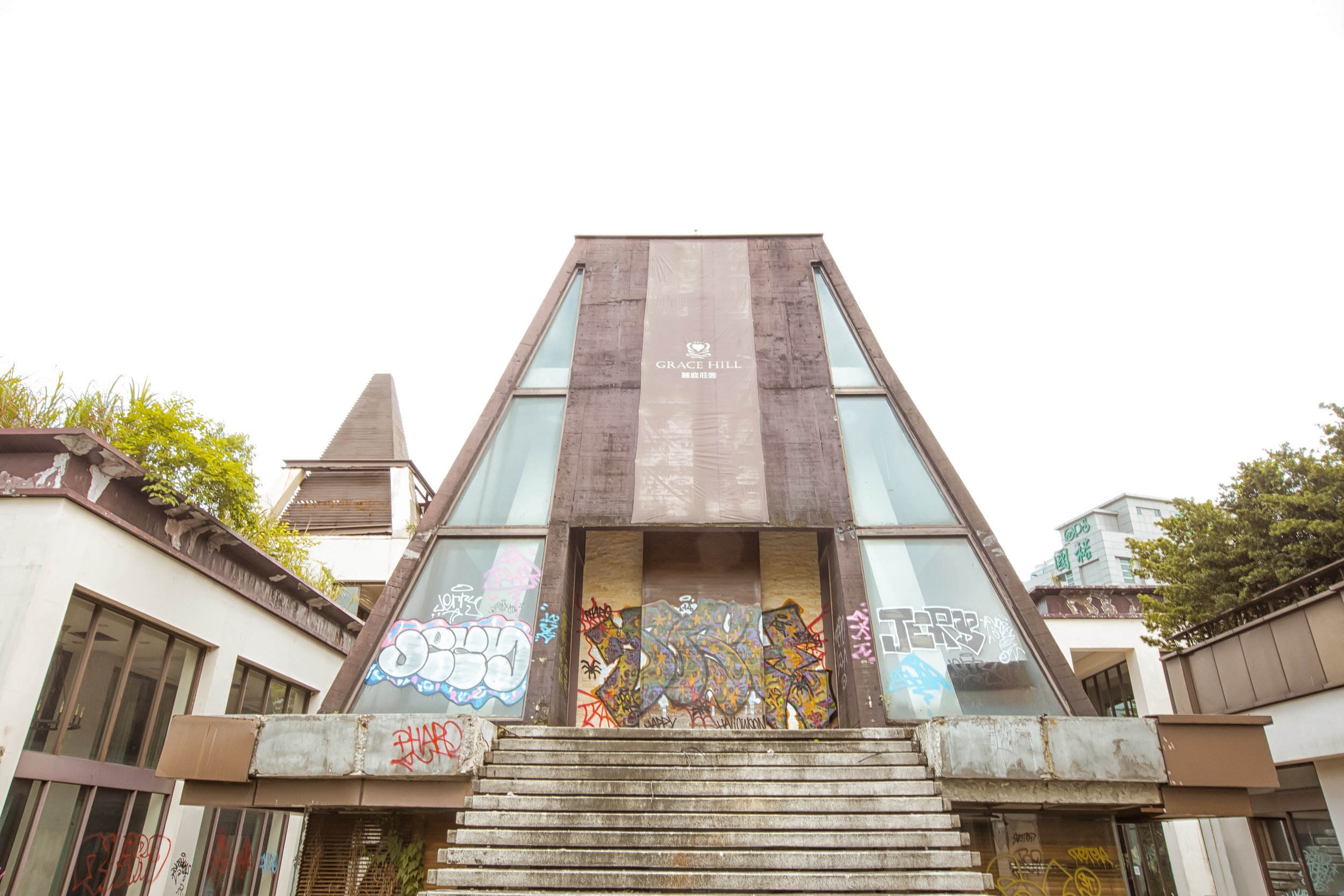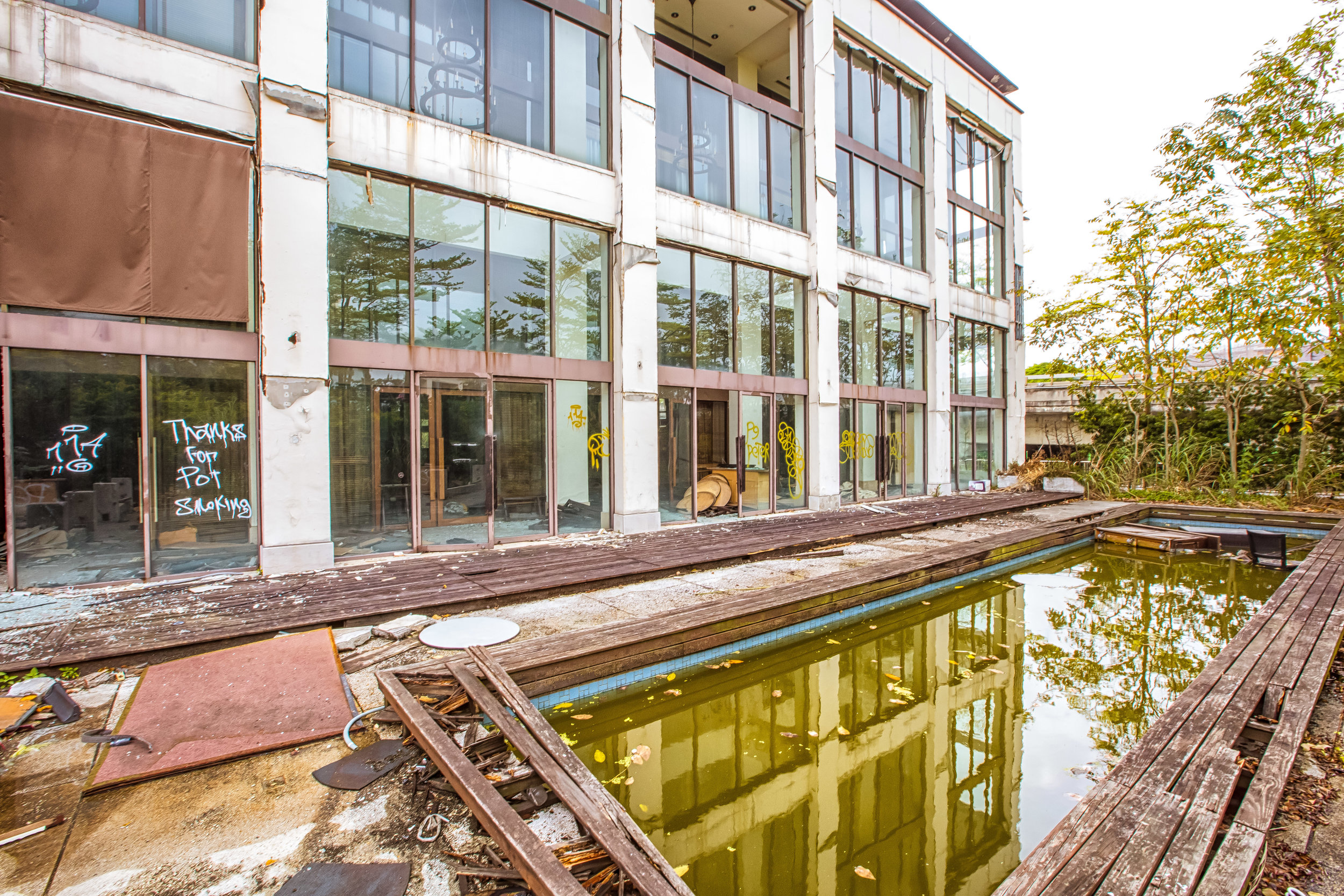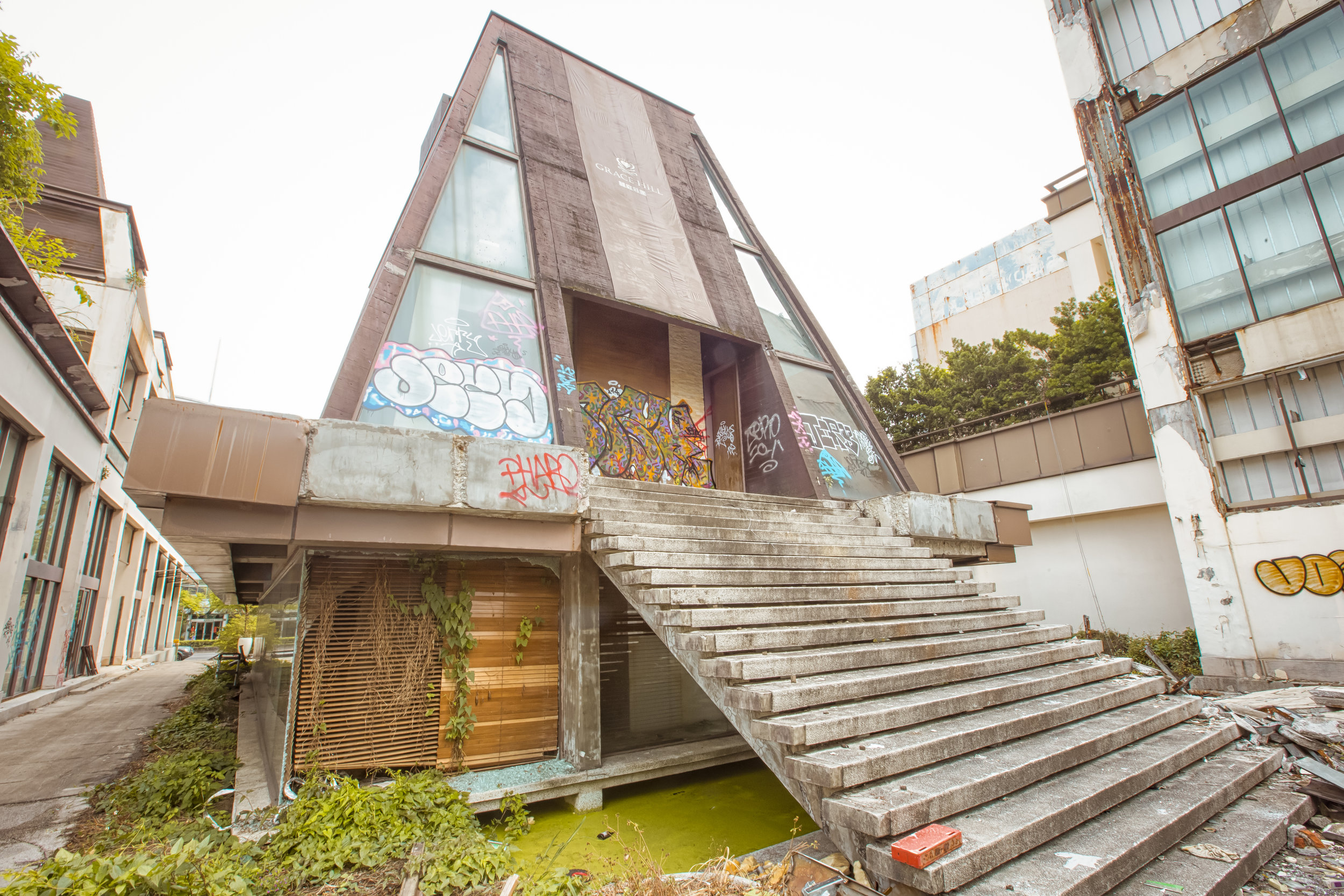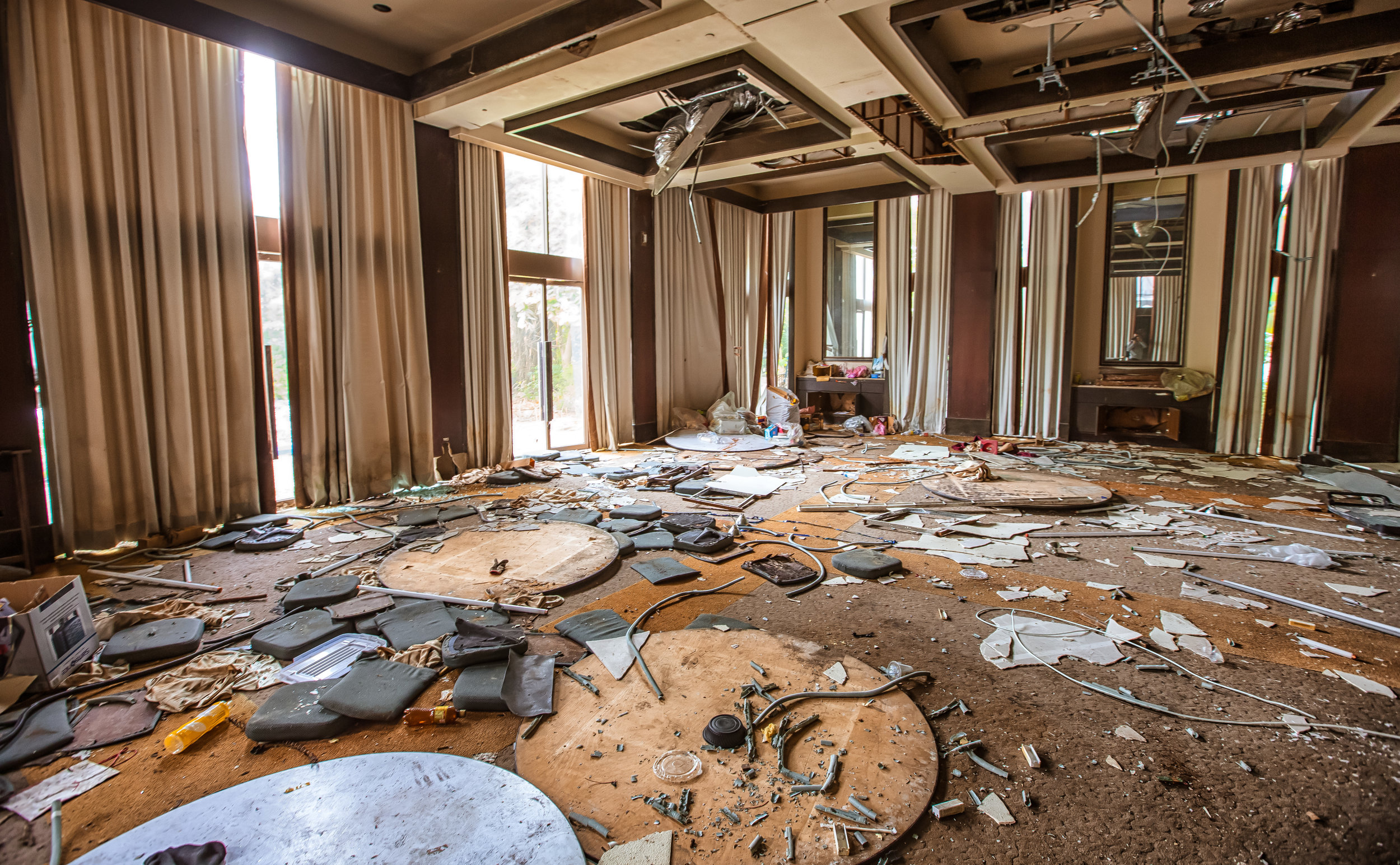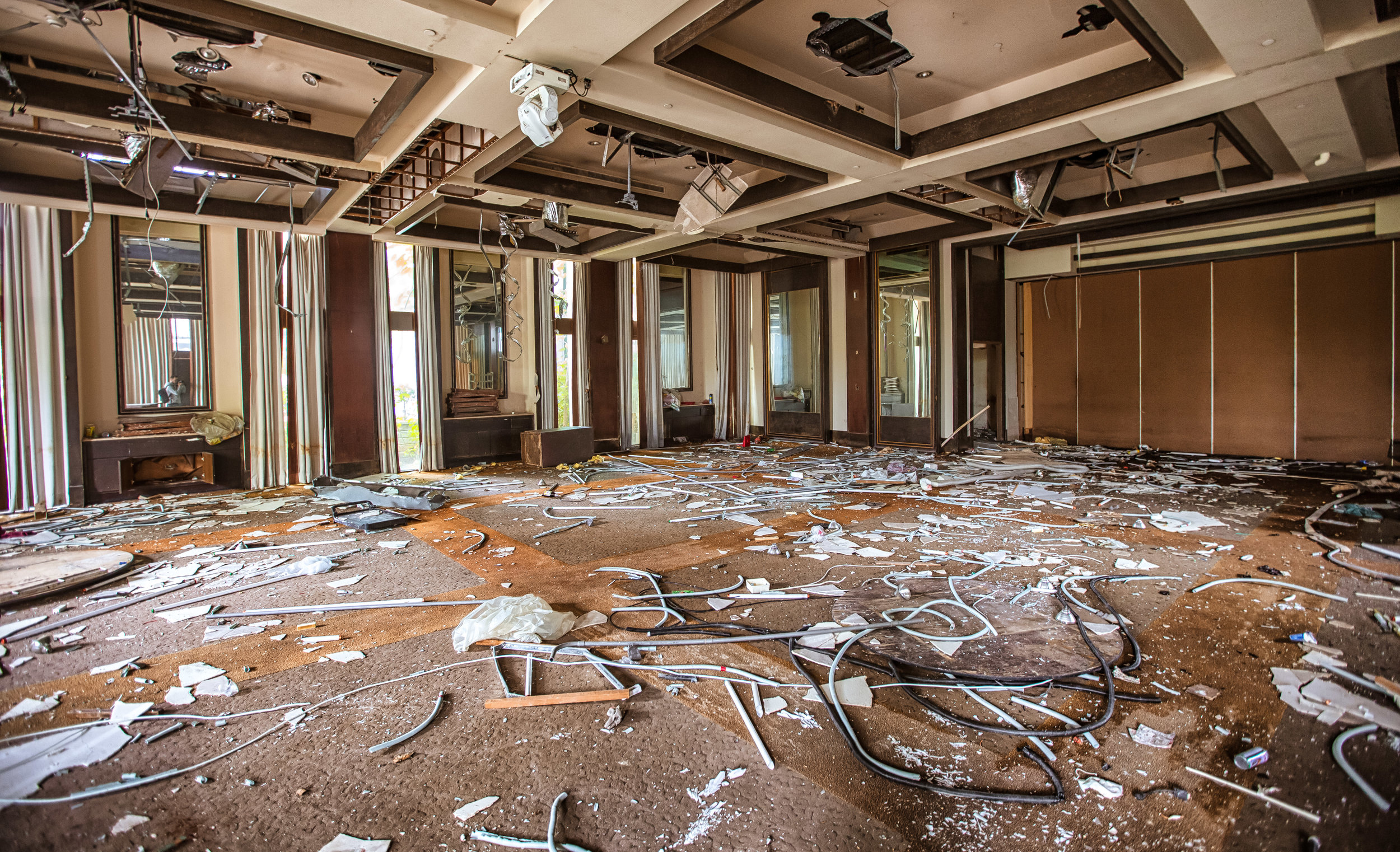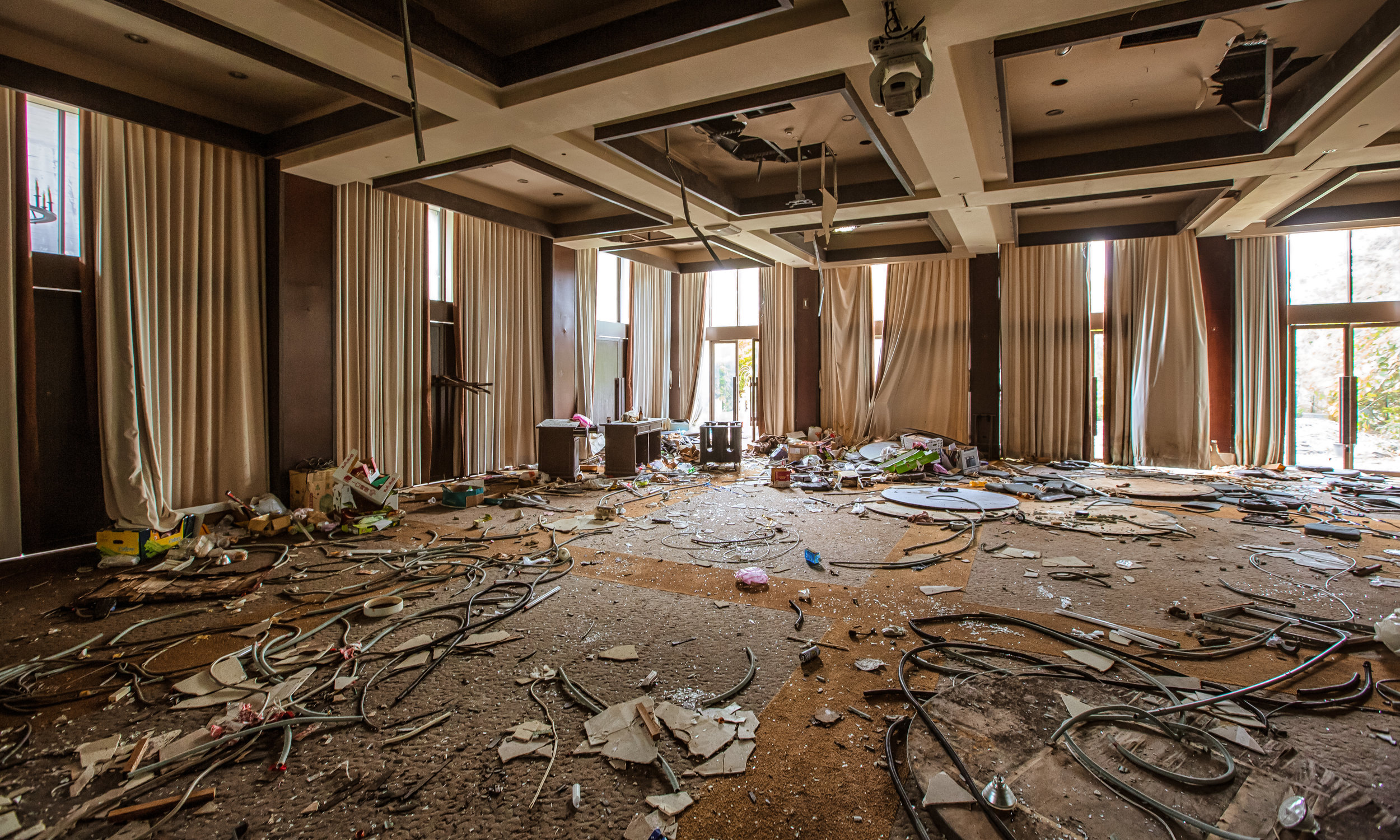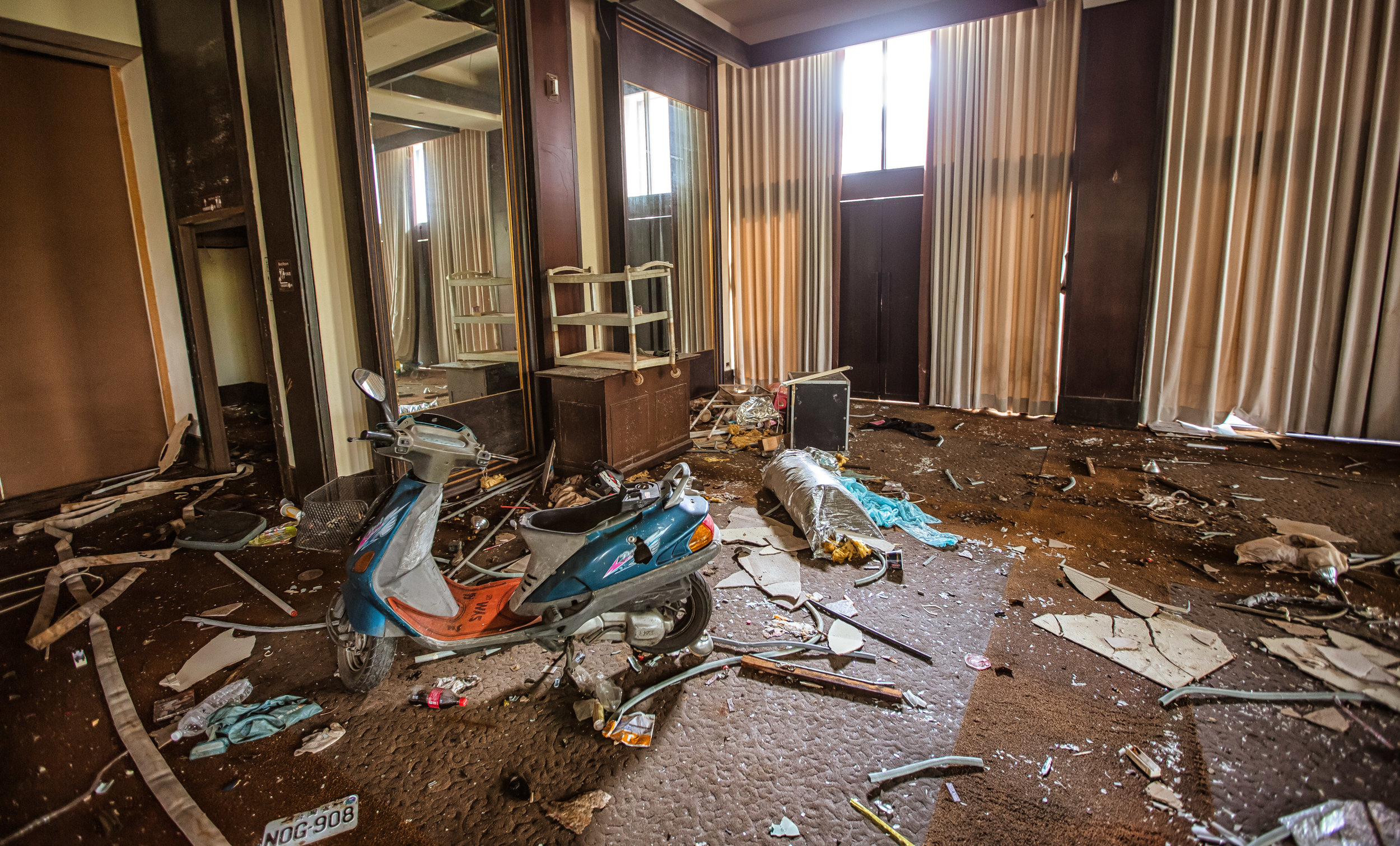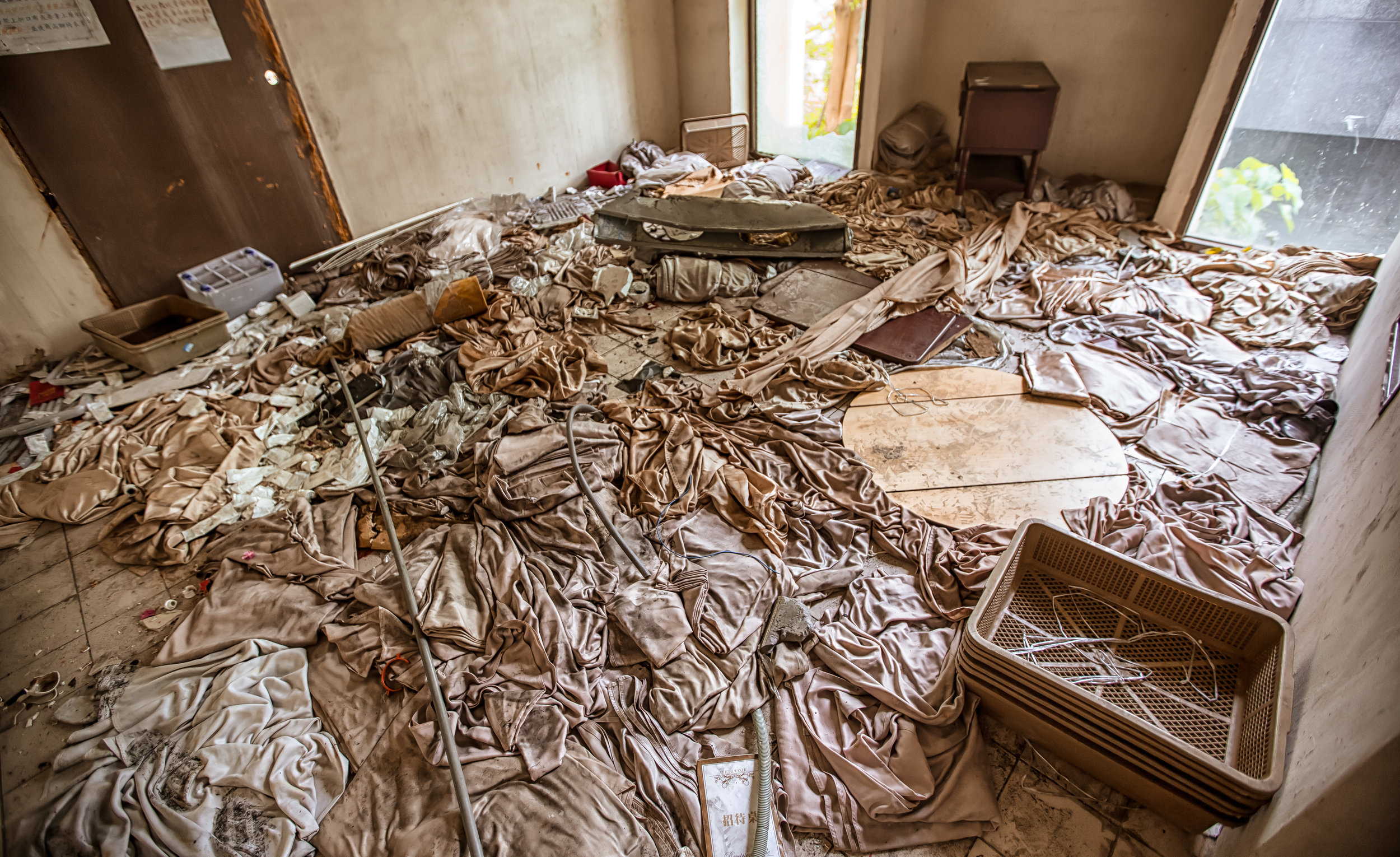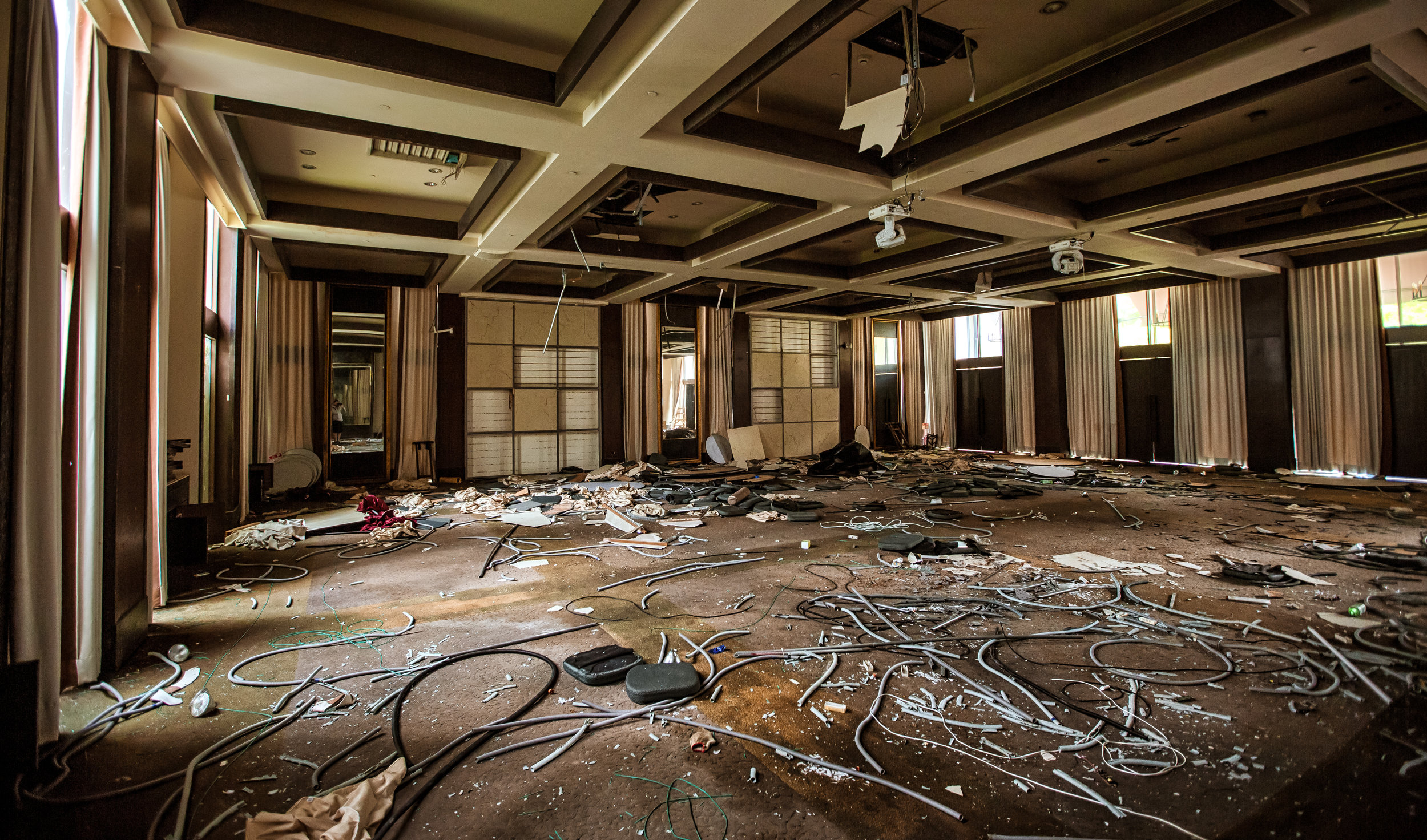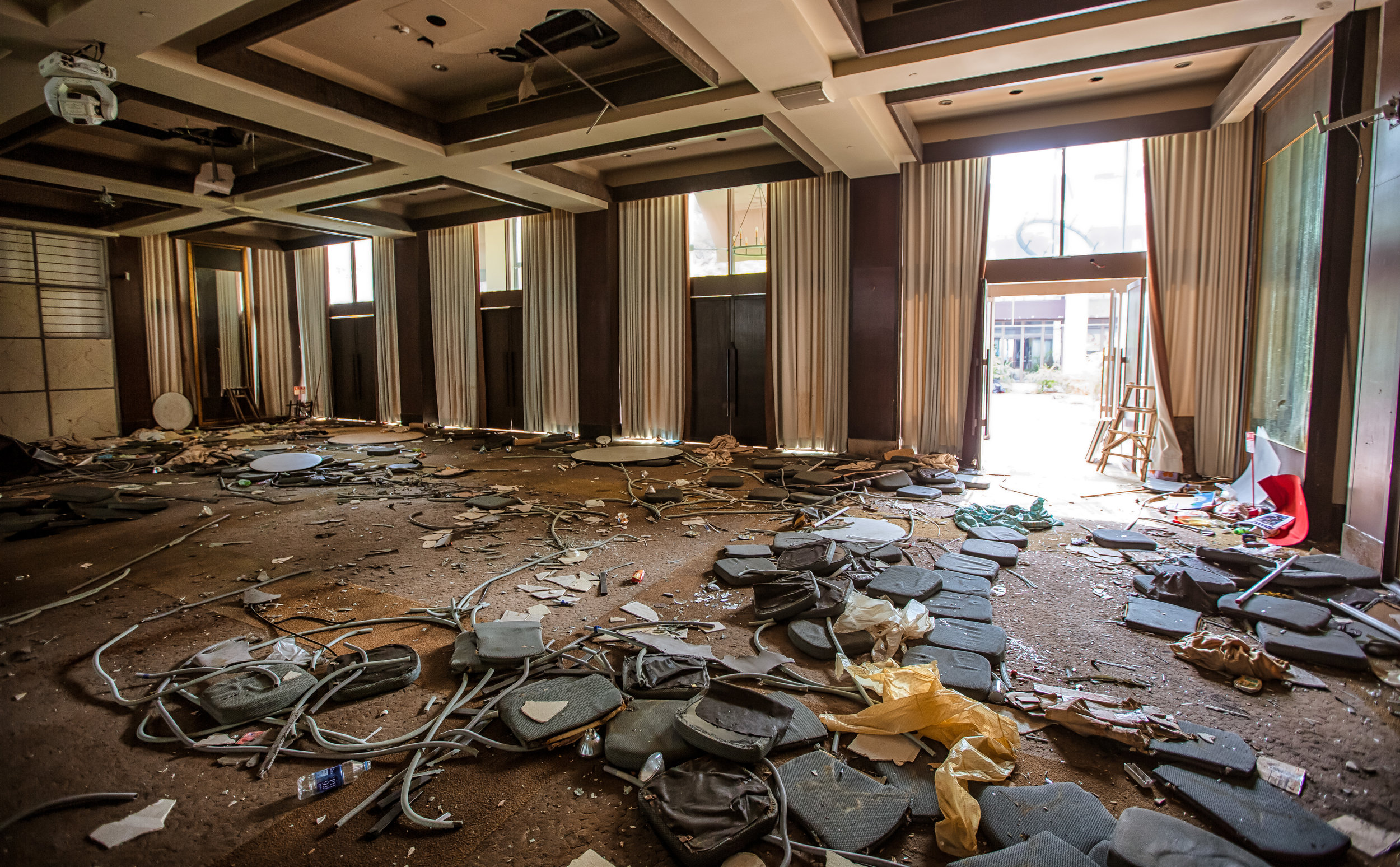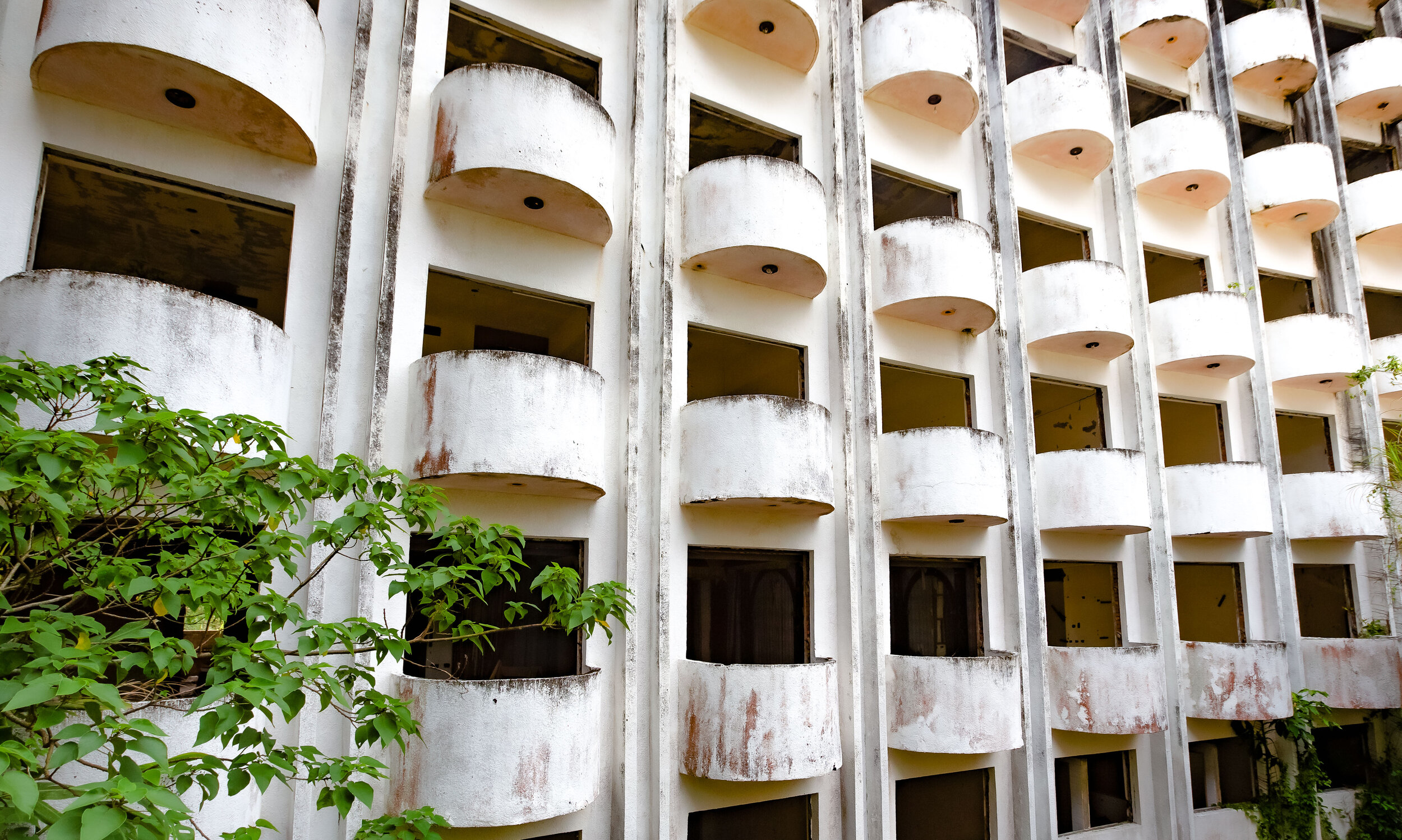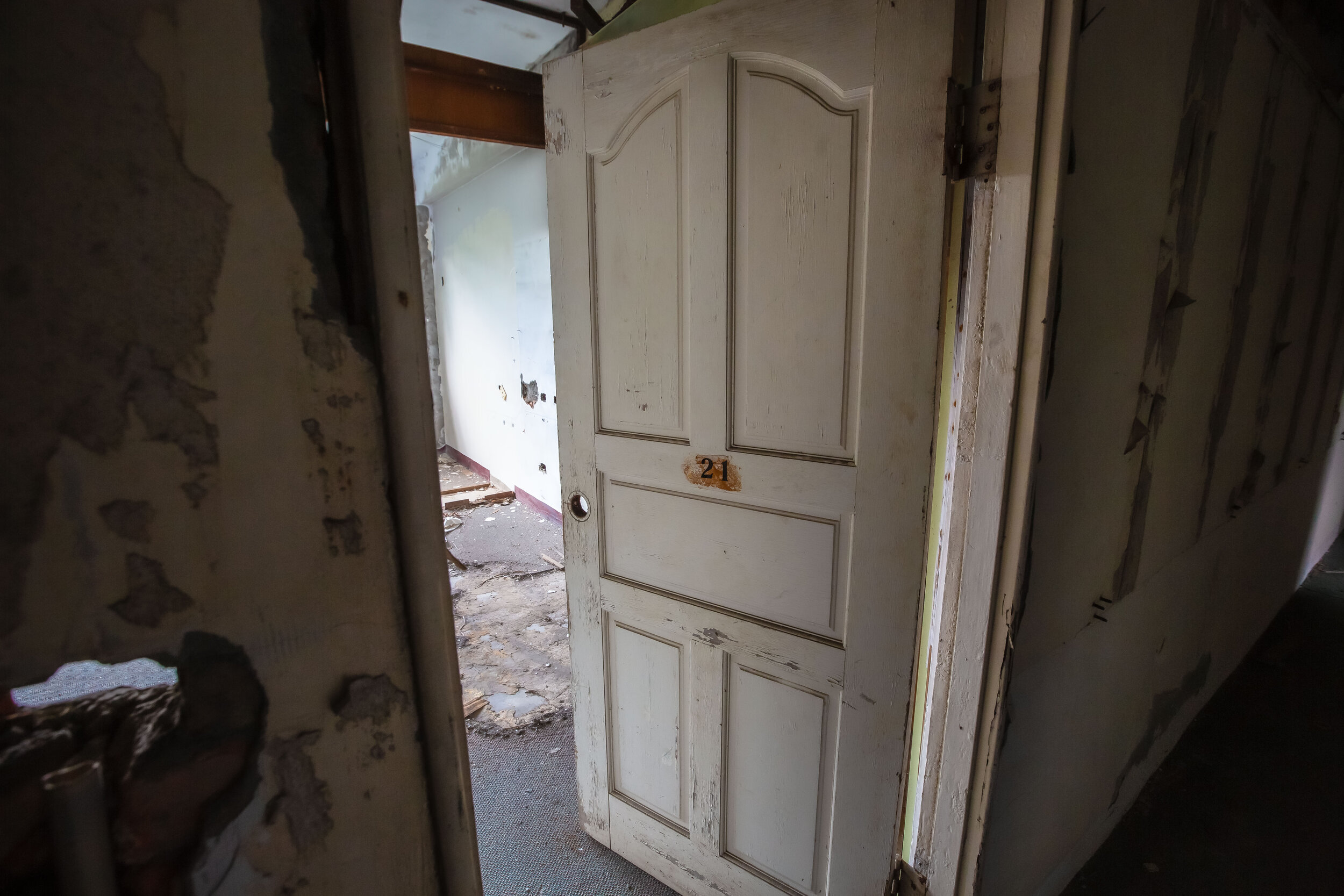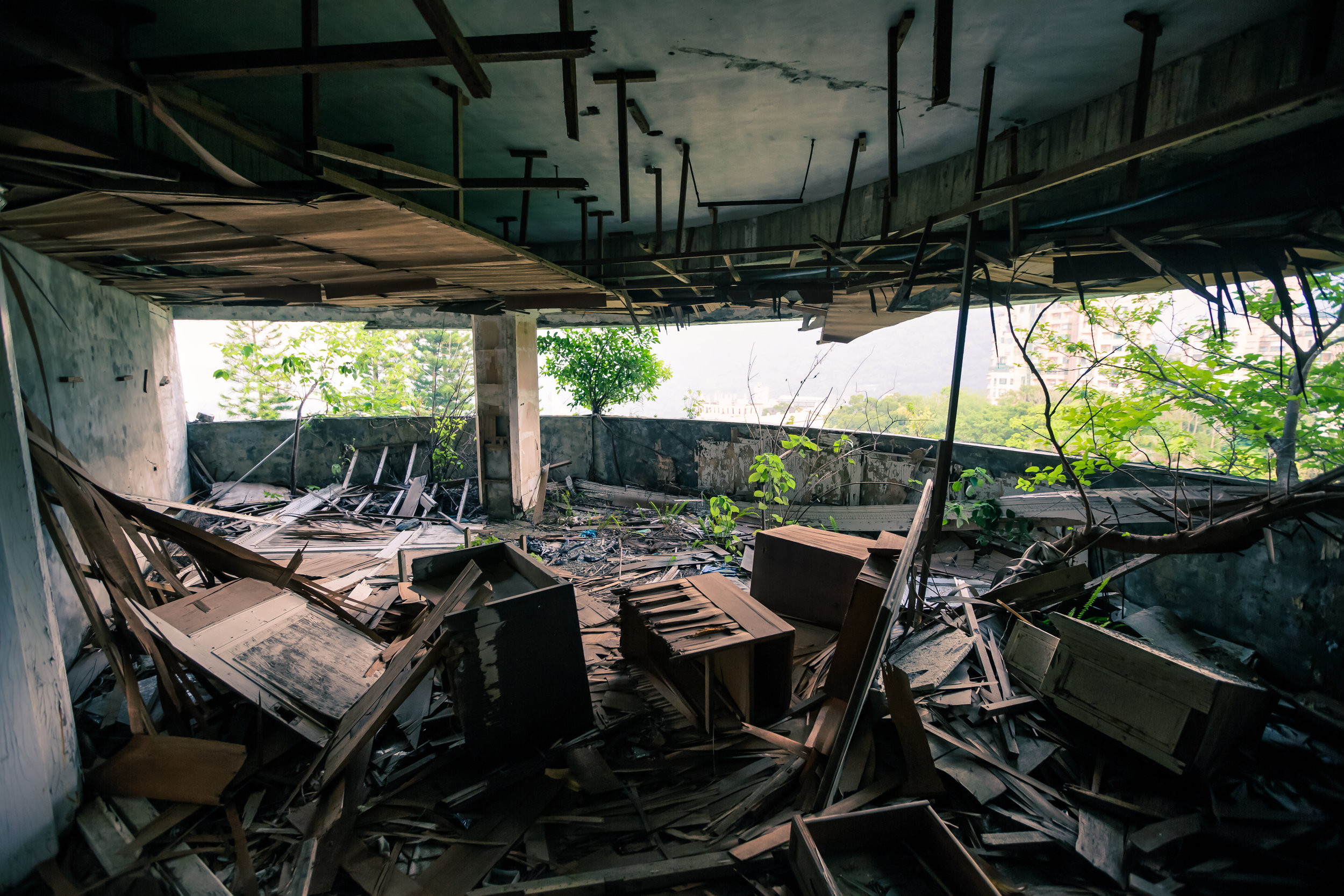Urban Exploration? It’s been a while! Even though I continue to actively explore in my free time, I haven’t posted anything urbex-related in quite a while. There are actually a few reasons for this - The most obvious is that I’ve been way too busy with commercial work and have had a difficult time catching up with all of the personal photos and blogs that I haven’t had a chance to get to.
When it comes to urbex-related stuff, I’ll eventually get to it, but sometimes if the story behind a place that I’m exploring doesn’t really interest me that much, I won’t spend much time writing about it. There are of course also some more annoying reasons why I haven’t been willing to post much urbex-related stuff in recent months, but I’m not really going to get into that here.
All I’ll say about that is the reason you’re seeing this today is because the area I’m writing about is already gone.
With todays post, I had the luck to be able to combine my enjoyment of urban exploration with a bit of research about Taiwanese history dating back to the Japanese Colonial Era, something that interests me quite a bit.
If you’ve been reading my blog for a while you’ll probably have noticed that I’ve lamented ad nauseam about the fact that when the Japanese Colonial Era ended in Taiwan, most of what was constructed that had anything to do with Japanese culture or religion was torn down or repurposed. Suffice to say, even though a lot of buildings were destroyed by the Chinese Nationalists, they didn’t actually tear down everything that the Japanese constructed.
In fact, a lot of the infrastructure that was constructed by the Japanese (in addition to the efficient way that they did things) was successfully emulated by the incoming regime, proving tremendously helpful when it came to further developing the country.
One of the best examples of this was the way the Japanese provided dormitories for employees of the state - So if you were a civil servant, worked at a school, university, hospital, were a member of the police force or the railway, it was likely that you had a dormitory assigned for yourself and your family.
It goes without saying that the “dorms” provided are not likely the university-style dormitories that you’re thinking - They were often large Japanese-style homes that were provided based on the importance of the work that you were doing with higher ranking state employees receiving larger homes for themselves while others would have received shared accommodations.
The dorms were also almost always constructed very close to your place of work, so if for example you were a police officer, the housing you were provided with was likely very close to the precinct you worked at. Likewise if you were a teacher or a principal, your home was likely constructed on school grounds or next door to the campus.
Link: Zhongli Police Dormitories (中壢警察局日式宿舍群)
Link: Jhudong Dormitories (竹東林務宿舍)
When the Nationalists arrived in Taiwan though they brought with them a couple of million refugees from China which instantly created a housing crisis. To solve this problem they moved many of the higher ranking bureaucrats that came with them into the existing dormitories constructed by the Japanese while at the same time emulating the Japanese and created “Military Villages” (眷村) of their own to be used as “temporary” housing.
As I’ve mentioned a few times in previous posts, the Chinese Nationalists arrived in Taiwan with the mindset that they were only going to be here on a short term basis while the Japanese on the other hand developed the island with the mindset that they were never going to leave; This is why many of those “dorms” constructed by the Japanese are still standing today while the hastily constructed Military Villages built by the Nationalists are falling apart and being torn down.
It is unfortunate that most of the buildings of cultural and religious significance that were constructed by the Japanese have already been torn down, but we can at least take solace in the fact that the history of the colonial era hasn’t been completely erased as the continued existence of the “dorms” acts as a link to an important period of Taiwan’s history.
In recent years, the Taiwanese government has done an admirable job (and spent a considerable amount of money) restoring many of the remaining buildings constructed during the Colonial Era and has converted them into tourist destinations. This renaissance of sorts has helped to highlight the fact that Taiwan is in fact an interesting country with an interesting history, which is something that is often overlooked by the local people here.
A few months back I was invited to take a tour of the recently restored Taipei Railway Workshop (台北機廠) - The workshop, which is now open to the public for tours is an important piece of Taiwan’s history that dates back almost a century and is an excellent place to learn about Taiwan’s amazing railway system and how the railway was instrumental in Taiwan’s development.
While touring the workshop, one of the questions that came to mind was whether or not there were dormitories on-site - It seemed probable that one of the buildings in the administrative section could have been used for shared accommodations, but I was never able to confirm that. So while doing research for the article I was writing about the workshop, I took a bit of time to search out where the railway dorms were located.
One of the ways that I typically do research on this kind of stuff is to first take a look at the satellite view on Google Maps. The problem however in this case is that the Railway Workshop was located directly next door to the Songshan Tobacco Factory (松山菸廠), which would have also had dorms of its own. So without a definitive answer, I started doing some research.
In no time I discovered that the Railway Bureau had a few separate communities of dorms available for employees at the workshop and beyond. The largest of which was the nearby “Eastern Block” (臺北機廠東宿舍) community in the Songshan Area which dates back to 1937 (昭和12年). Although that community no longer exists today (the dorms were later moved), the interesting thing is that the land they were constructed on is currently home to the popular Wufenpu Shopping District (五分埔商圈) near the Raohe Night Market (饒河夜市).
Link: 臺北機廠東宿舍 (臺北市信義區文史地圖)
If you were wondering about the other large community of railway dorms, namely the “Western Block” (台北西區鐵道宿舍群) you don’t have to look much further than the area between Taipei Train Station (台北車站) and the North Gate (北門).
The area was once home to the historic Taiwan Railway Hotel (台灣鐵道飯店) as well as a large community of dorms, both of which are currently in the process of being restored and will be open to the public in the near future - Unfortunately though, most of the dorm section has already been torn down and converted into a public park.
While it was actually quite simple to research the history of the Japanese-style railway dorm communities, the situation with the modern “Eastern Block Railway Dorms” was a bit more difficult to understand. The majority of the information online is either from some local news sites or real estate sites that were looking to rent out some of the apartments within.
So here’s what I can tell you - The modern high-rise style Railway dorm community was constructed in Taipei’s Eastern District between Zhongxiao Fuxing (忠孝復興站) and Nanjing Fuxing (南京復興站) MRT Stations. Constructed in the 1970s, the Taiwan Railway Andong Street Dorms (台鐵安東街宿舍案) became the new home for most of those who were living in the original dorm community in Songshan.
The apartment block consisted of several buildings in a walled-community and at full occupancy had enough space for two hundred apartments. After several decades however many of the people who were living in the apartments started to move out due to rising rent prices and employee layoffs, leaving many of the apartments abandoned.
At the turn of the century, the abandoned apartments started to become a problem for the local community as they apparently started to attract homeless people and drug users. Likewise the parking lot for some reason became a local dumping ground for abandoned cars, which attracted garbage, mosquitos and other pests.
The local Village Representative (里長) complained to the Taipei City Government on several occasions about the situation but nothing could be done as the community wasn’t completely abandoned and those families still living inside were unwilling to relocate. The Taiwan Railway Administration likewise was losing an insane amount of money every year in property taxes on a plot of land that would otherwise be considered prime real estate and the central government was none-too-happy about the accumulating losses.
Link: 台鐵安東街宿舍荒廢淪車輛棄置廠 (民視新聞)
In 2015, the community made headlines across the Taipei culinary scene when the Railway Administration issued eviction notices to the occupants of the 3600 square meter area. This meant that all the occupants and businesses in the area would have to relocate as the community would eventually be torn down. The most famous occupant, Lin Dong-Fang Beef Noodles (林東芳牛肉麵), a staple of the local food scene, likewise would have to find a new place to operate their business - sending late night foodies into a frenzy. Where would one get their late night beef noodles fix if they closed?
The good news is that they found a new place nearby to cook their noodles.
When I blogged about the Taipei Railway Workshop, I wanted to check out the dorms, but I found out that it would ultimately be a race against time as the buildings were about to be completely demolished. So, I found some time to get myself to the area, found a way in and explored a few of the abandoned apartment buildings. To tell the truth though, when I arrived, they had already started tearing down many of the buildings, so I was really limited as to what I could take photos of.
As you’re reading this now, the buildings are already completely demolished and the future of the land is yet to be decided. One would hope that the Taipei City Government in conjunction with the Central Government would follow through on their campaign promises and use the land to construct affordable public housing, but only time will tell.
Still, I’m glad that I was able to get into the apartments to check them out and document an interesting part of Taiwan’s history that is likely to be completely forgotten.











